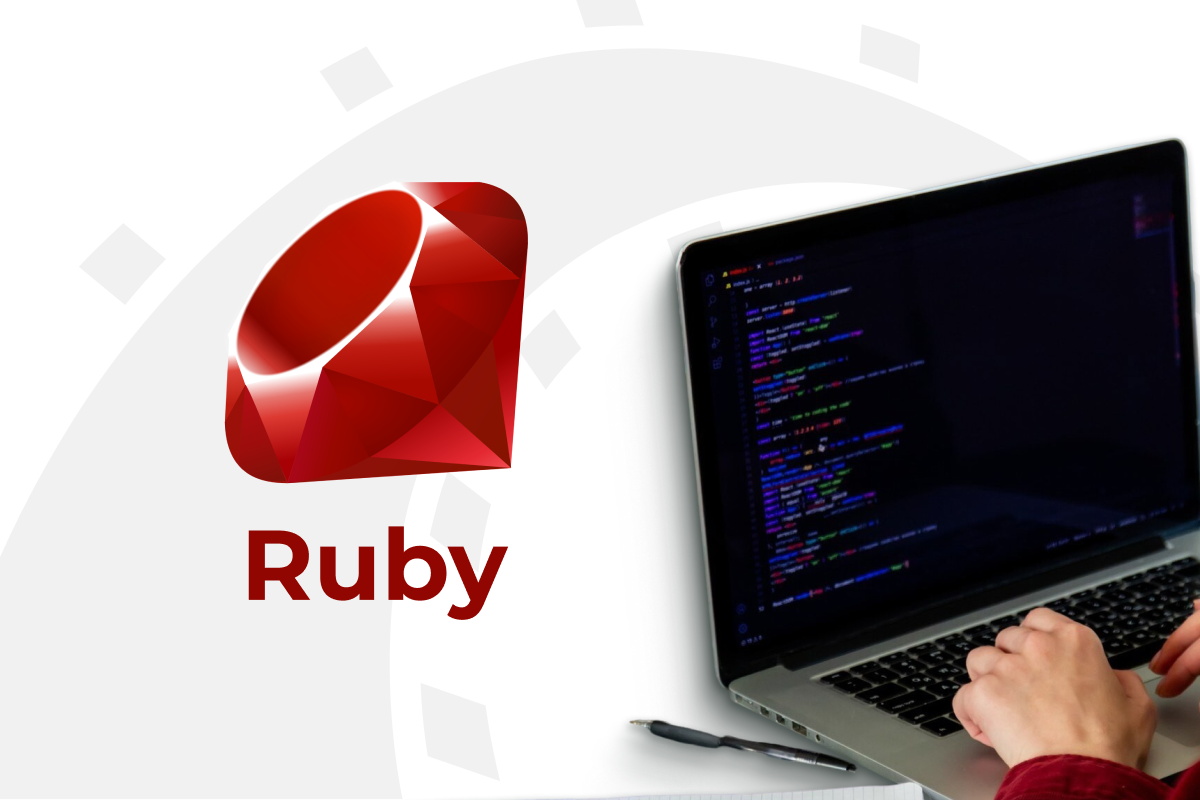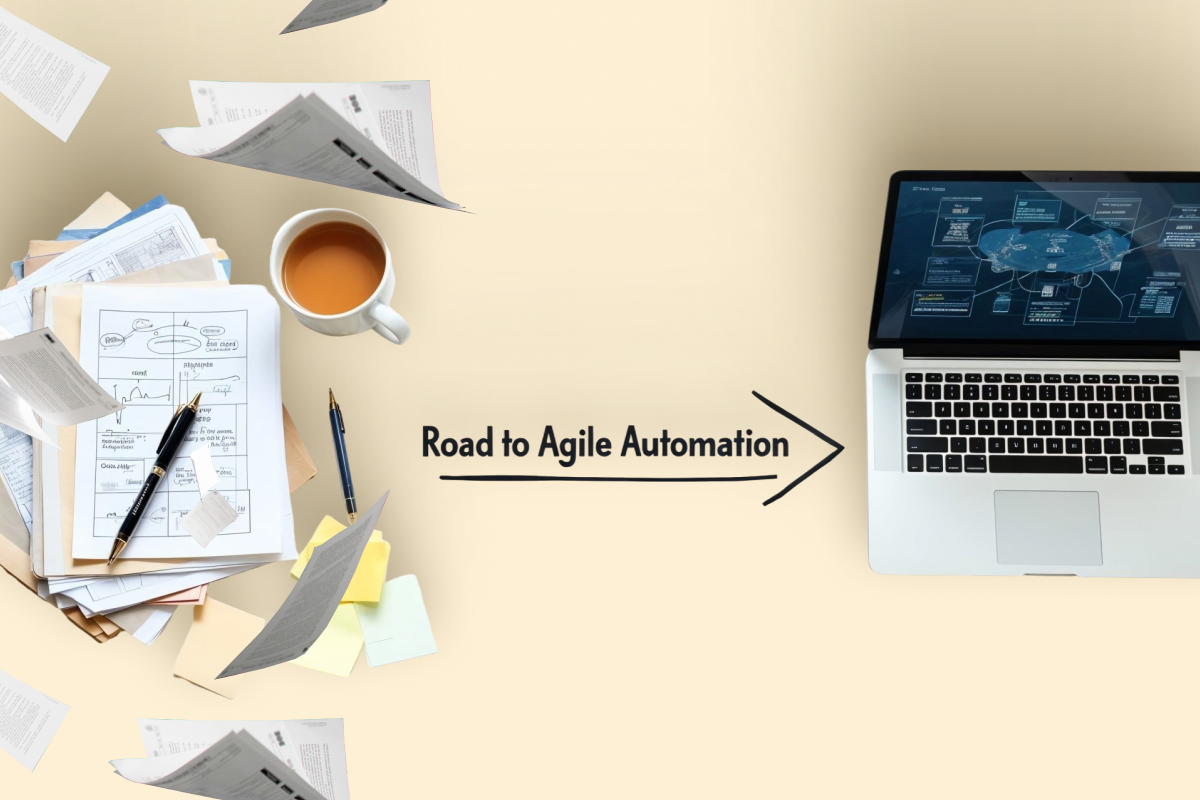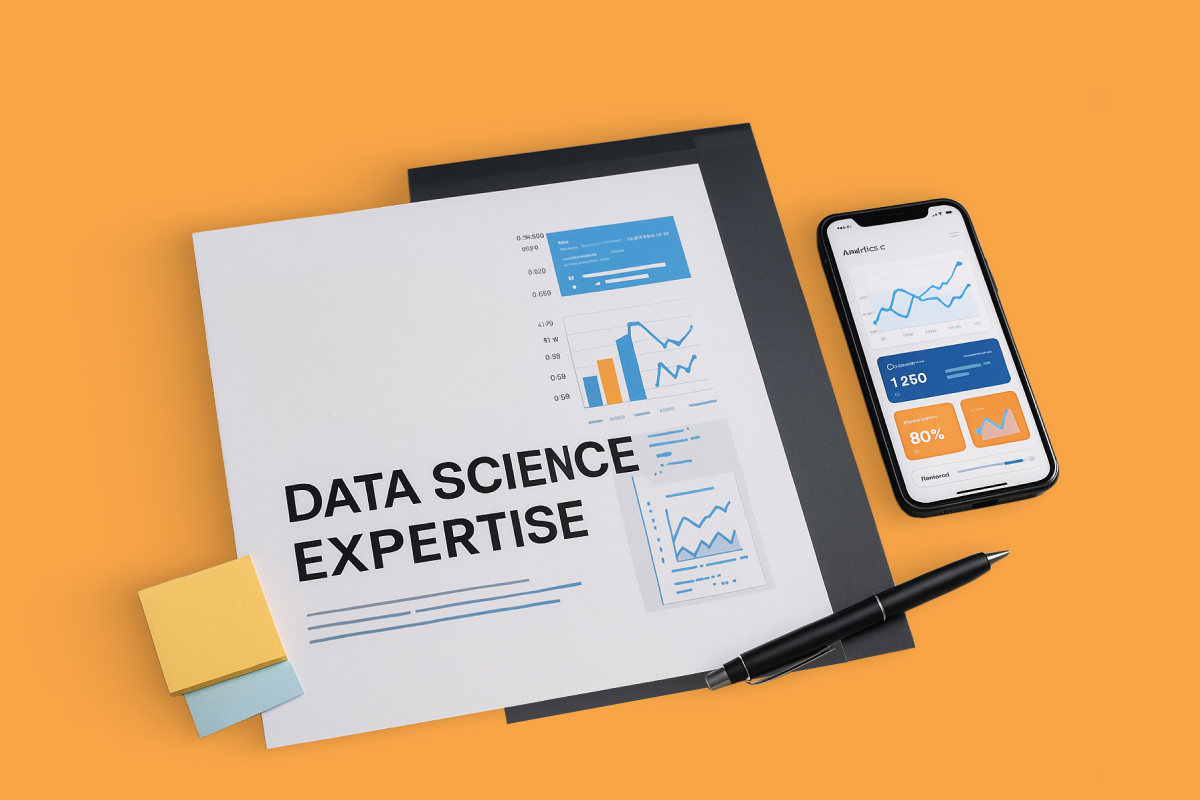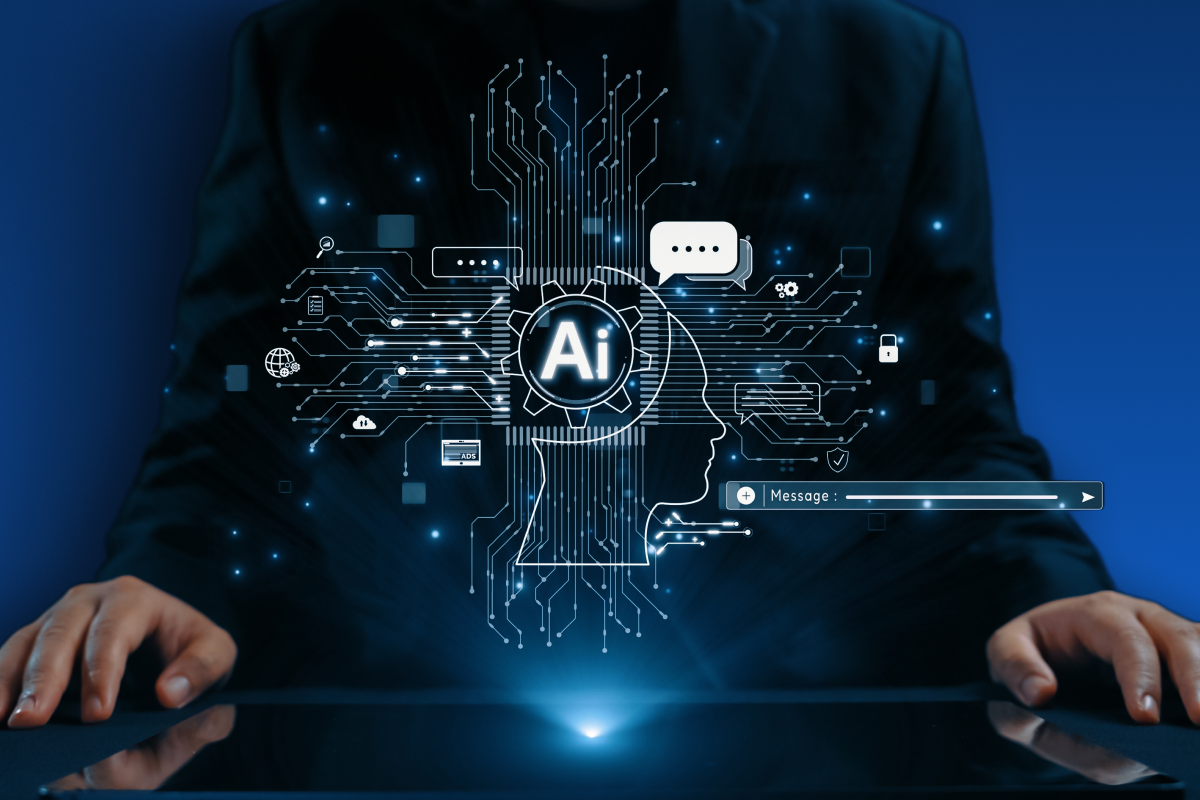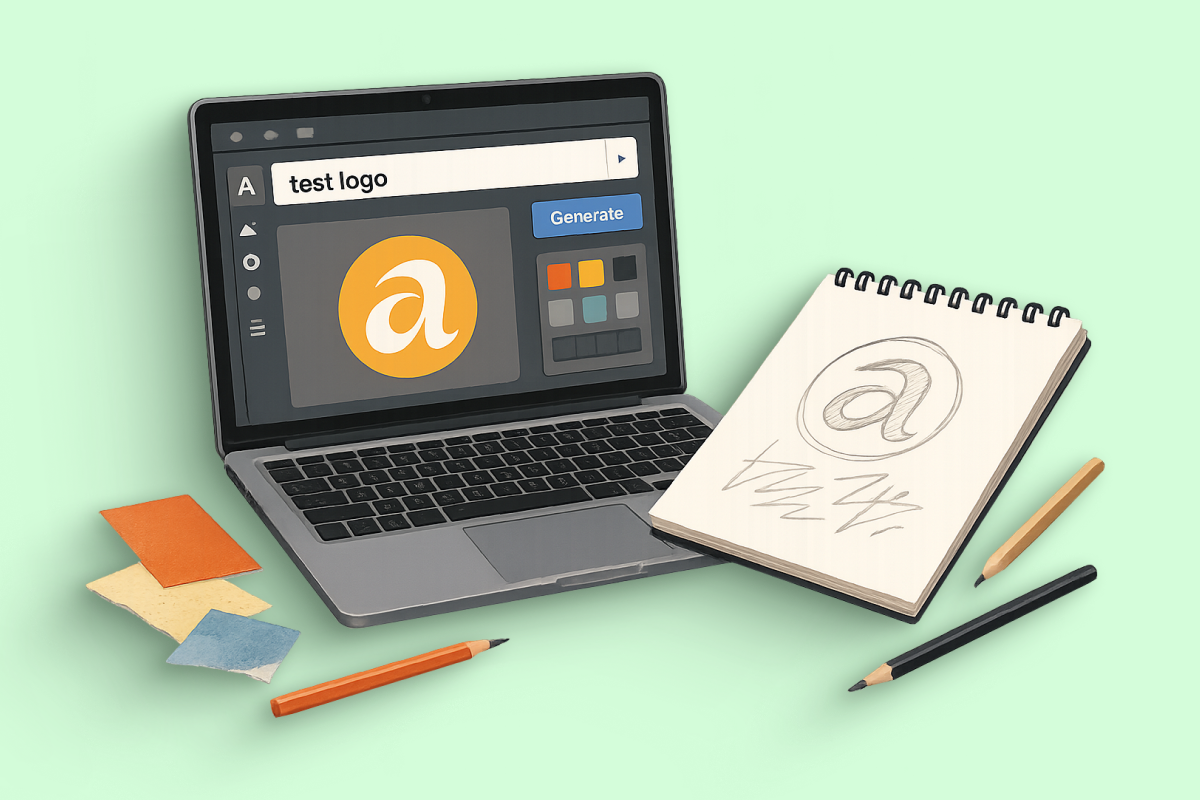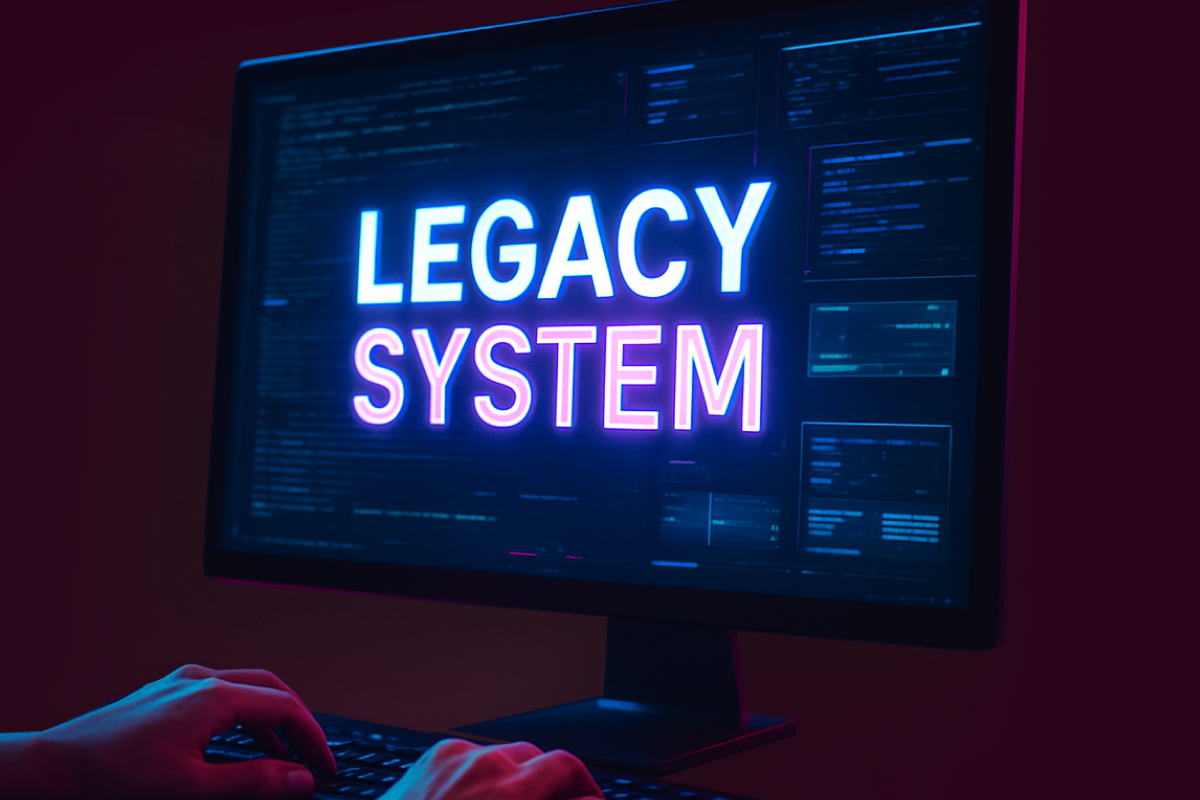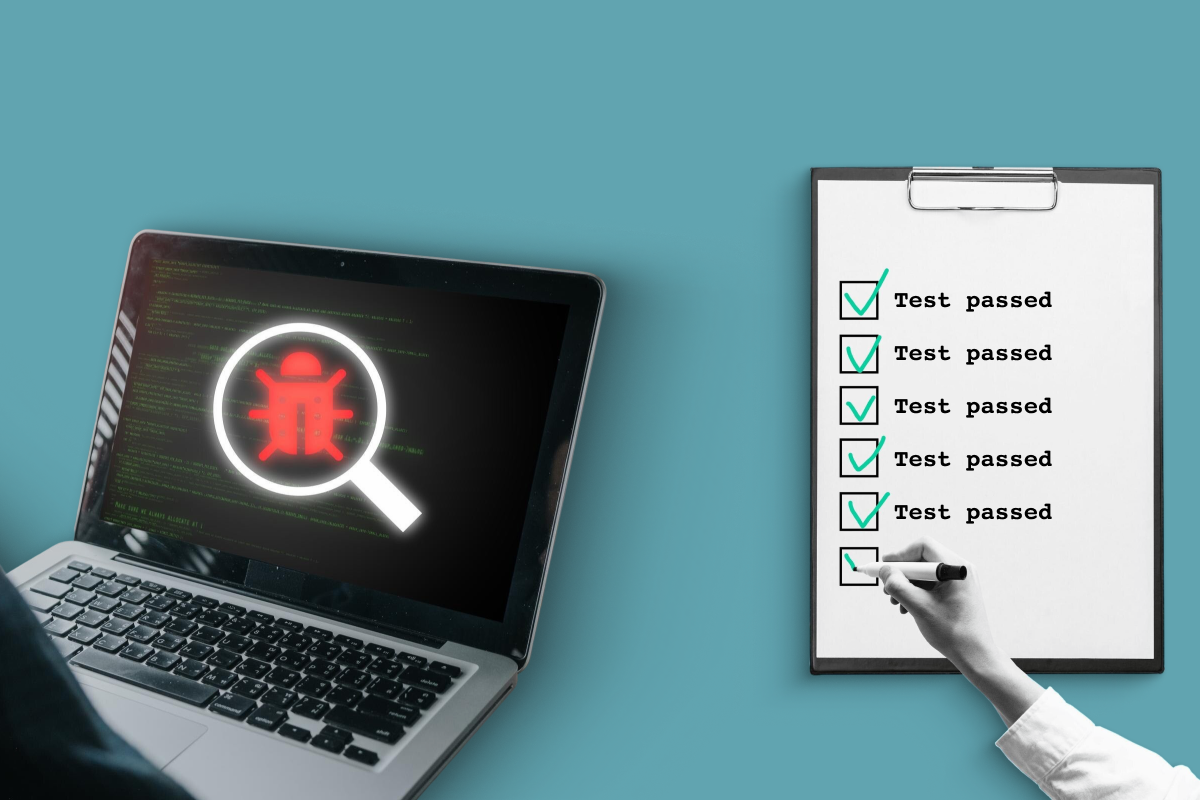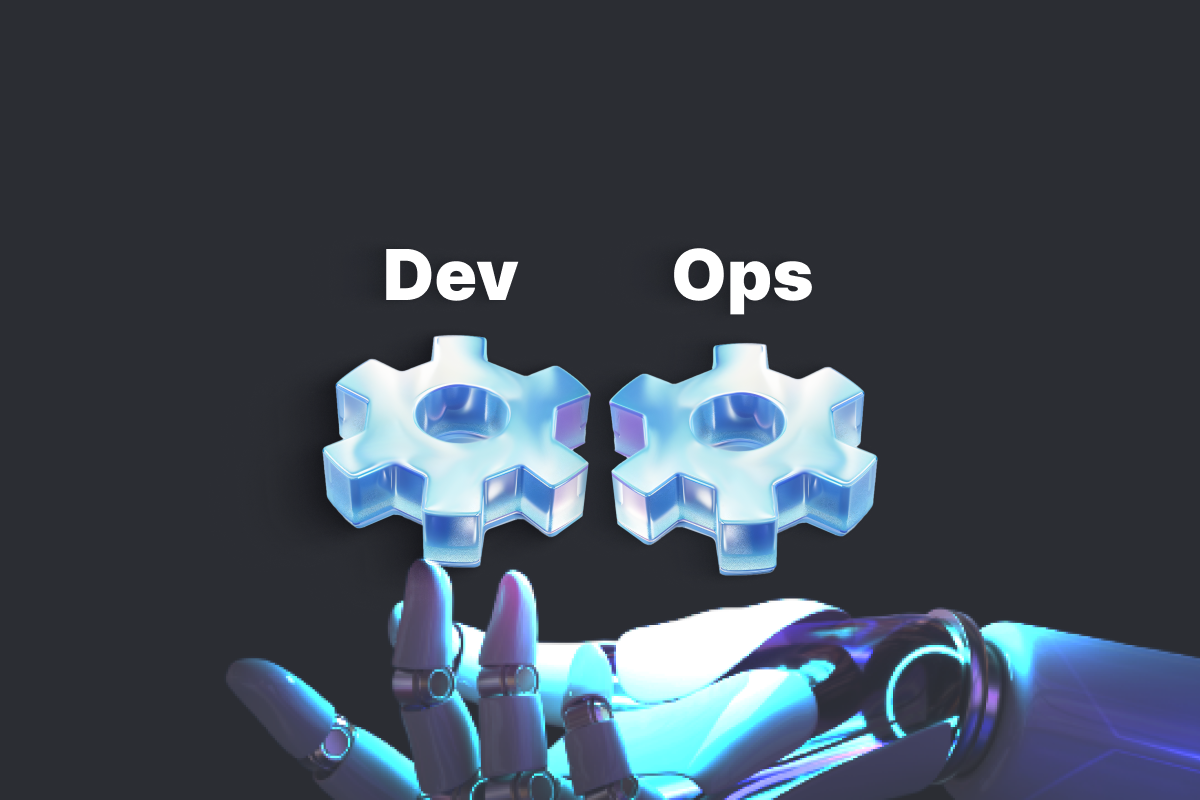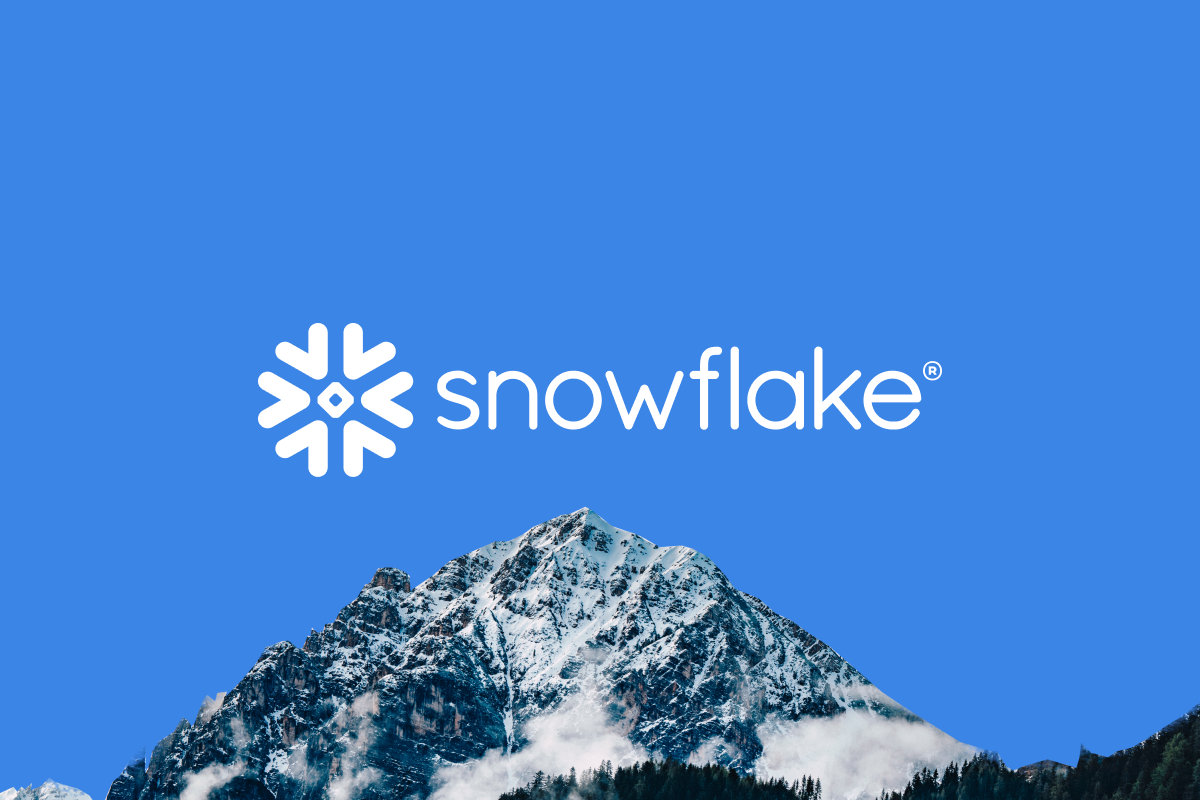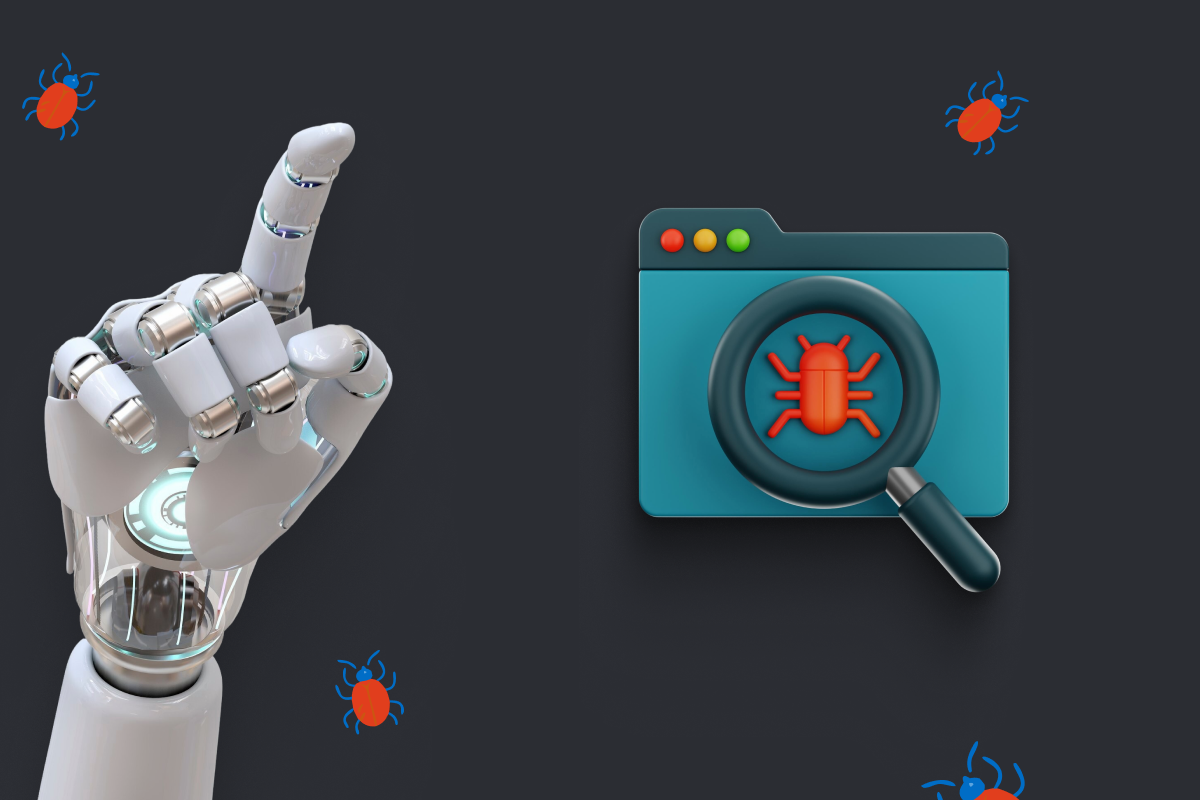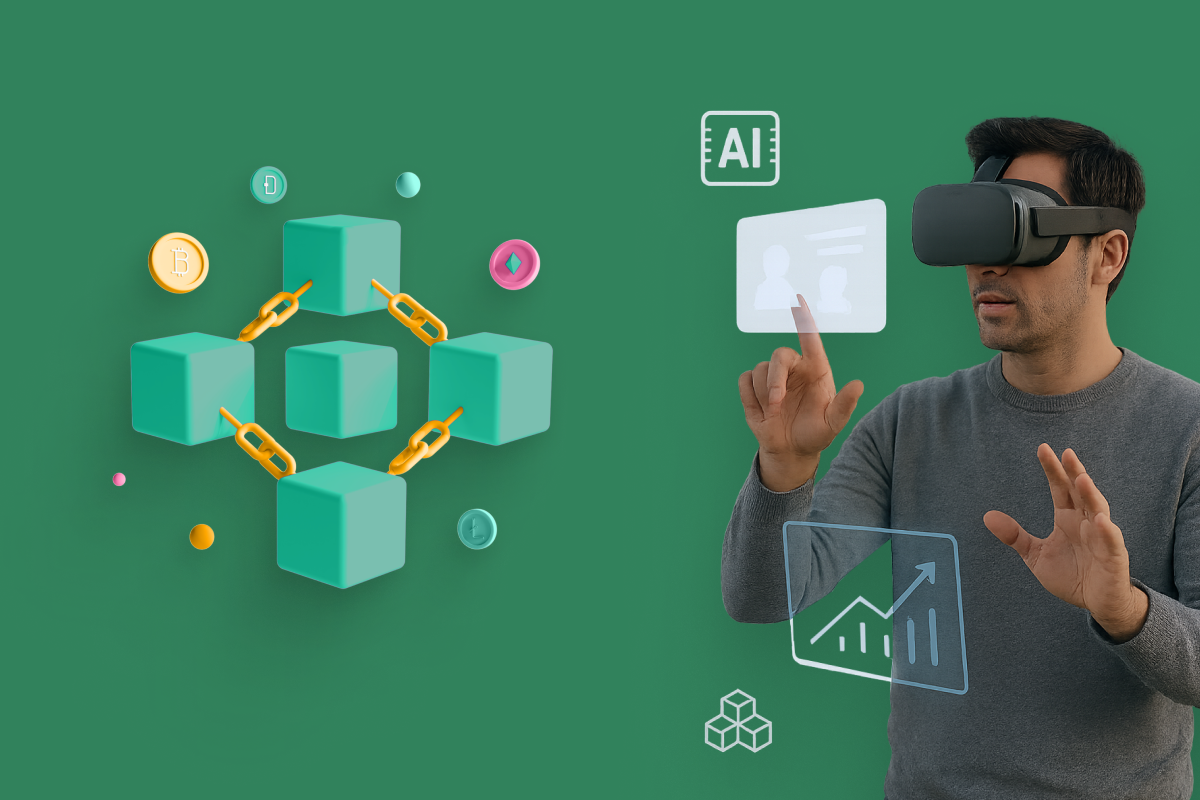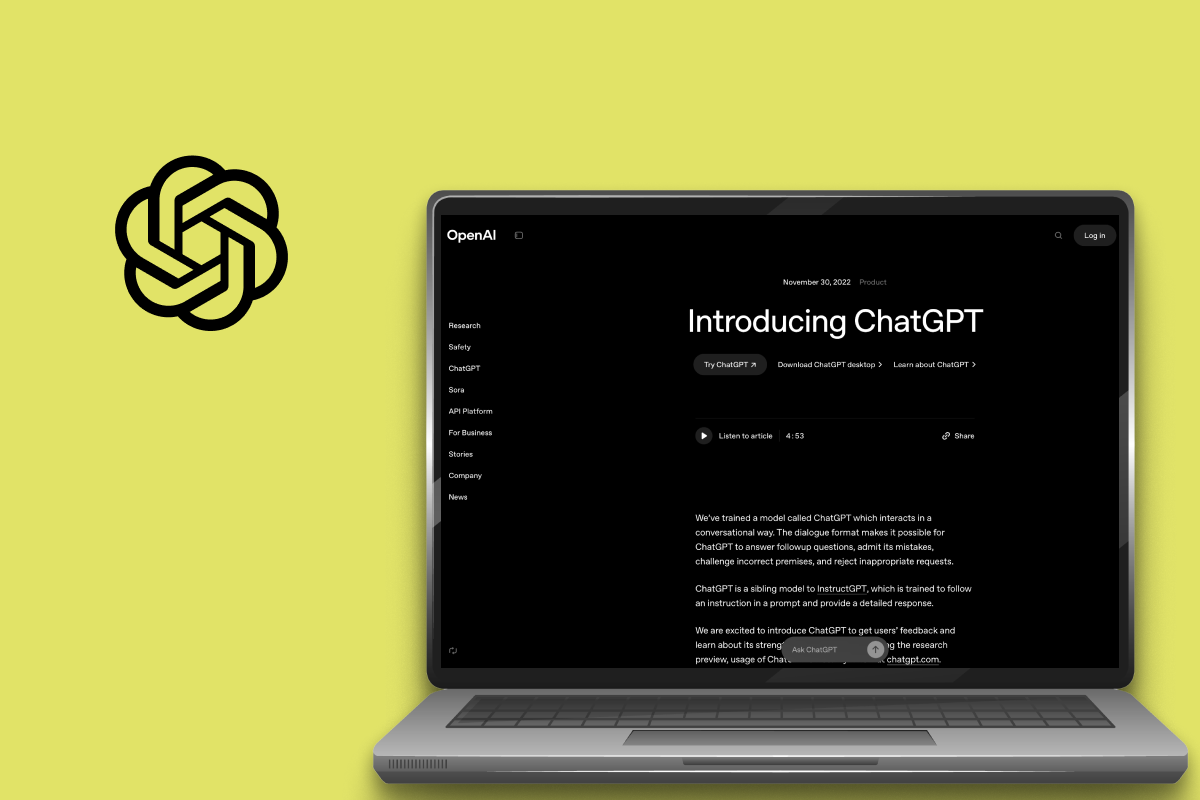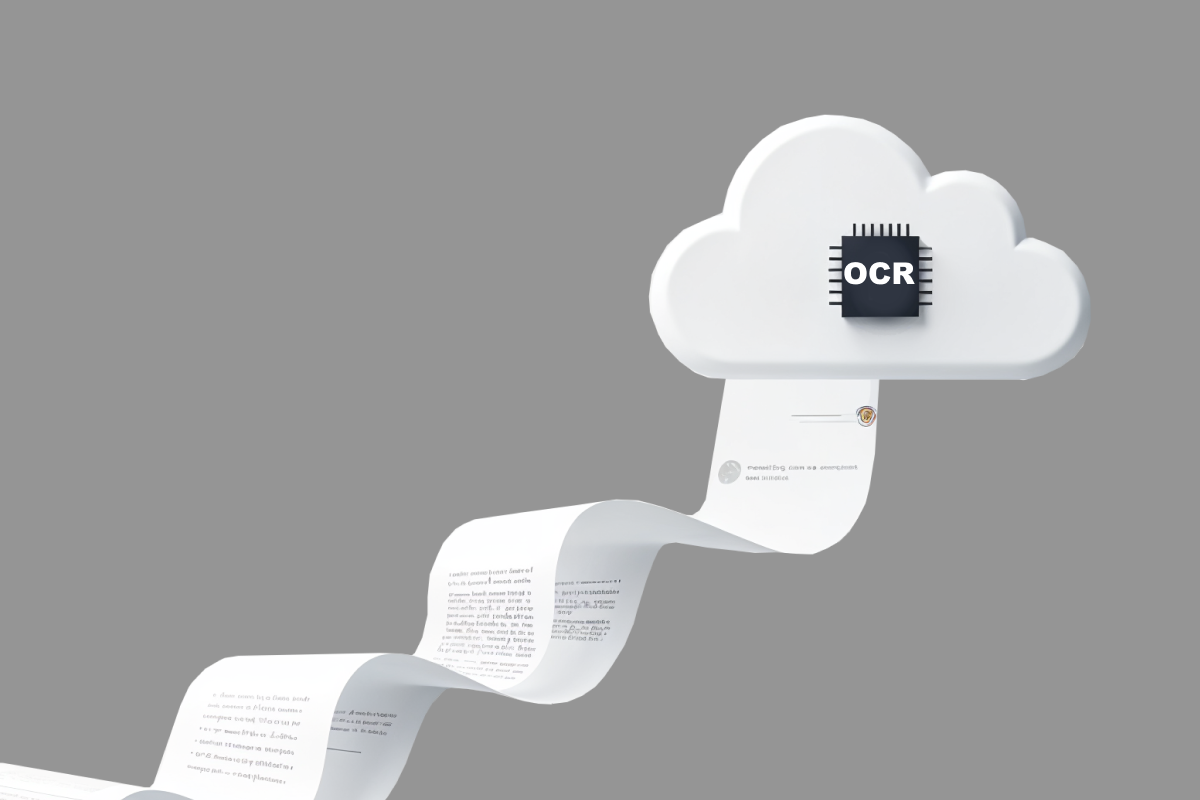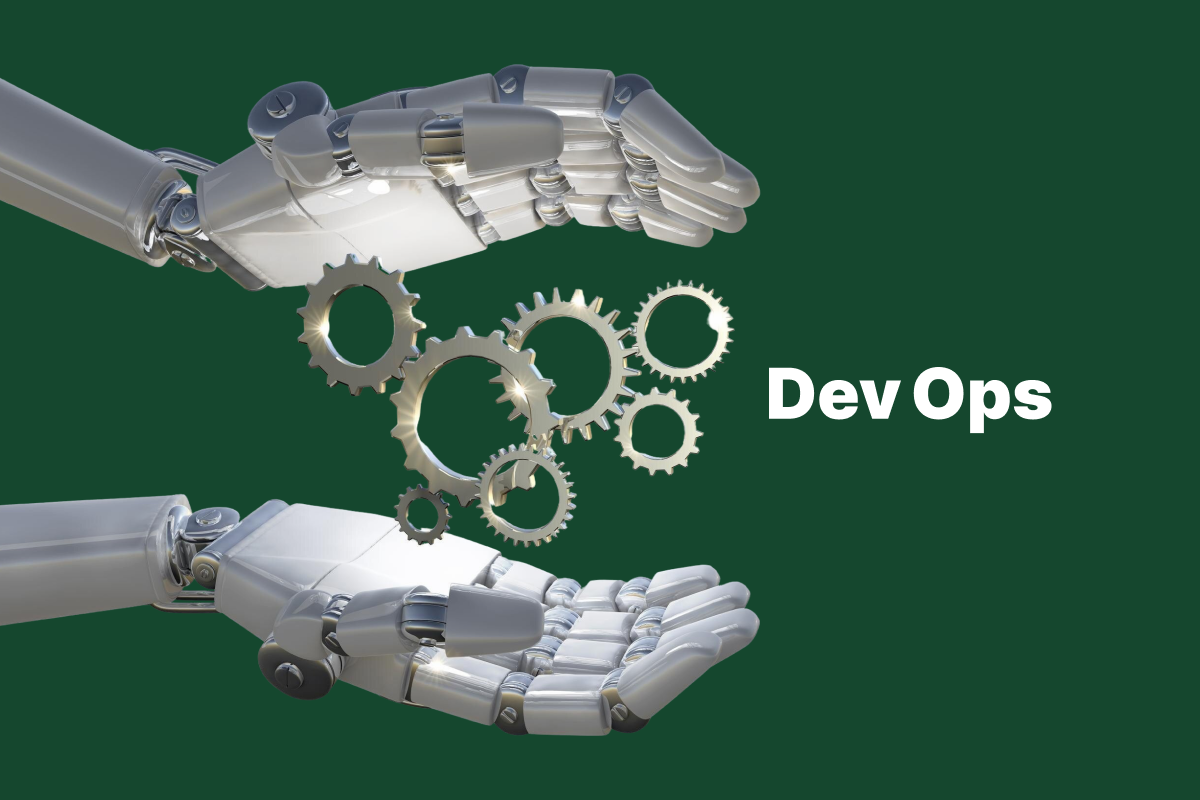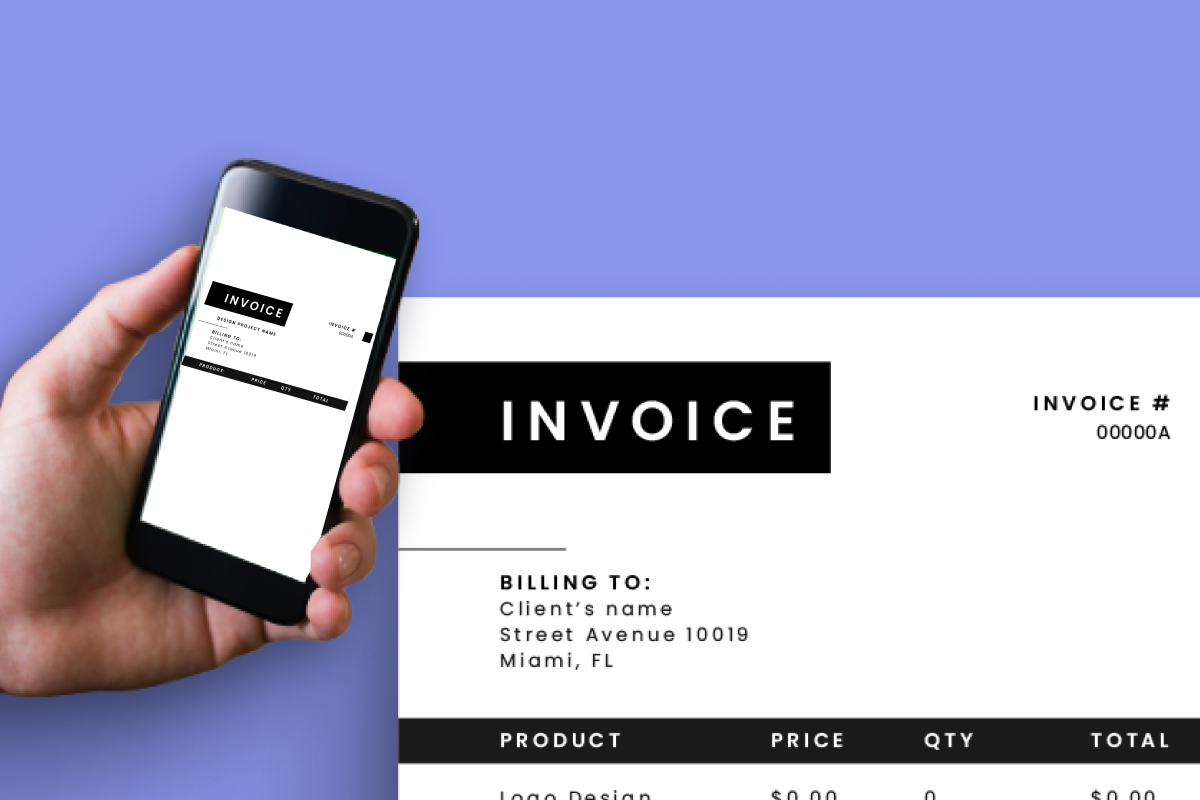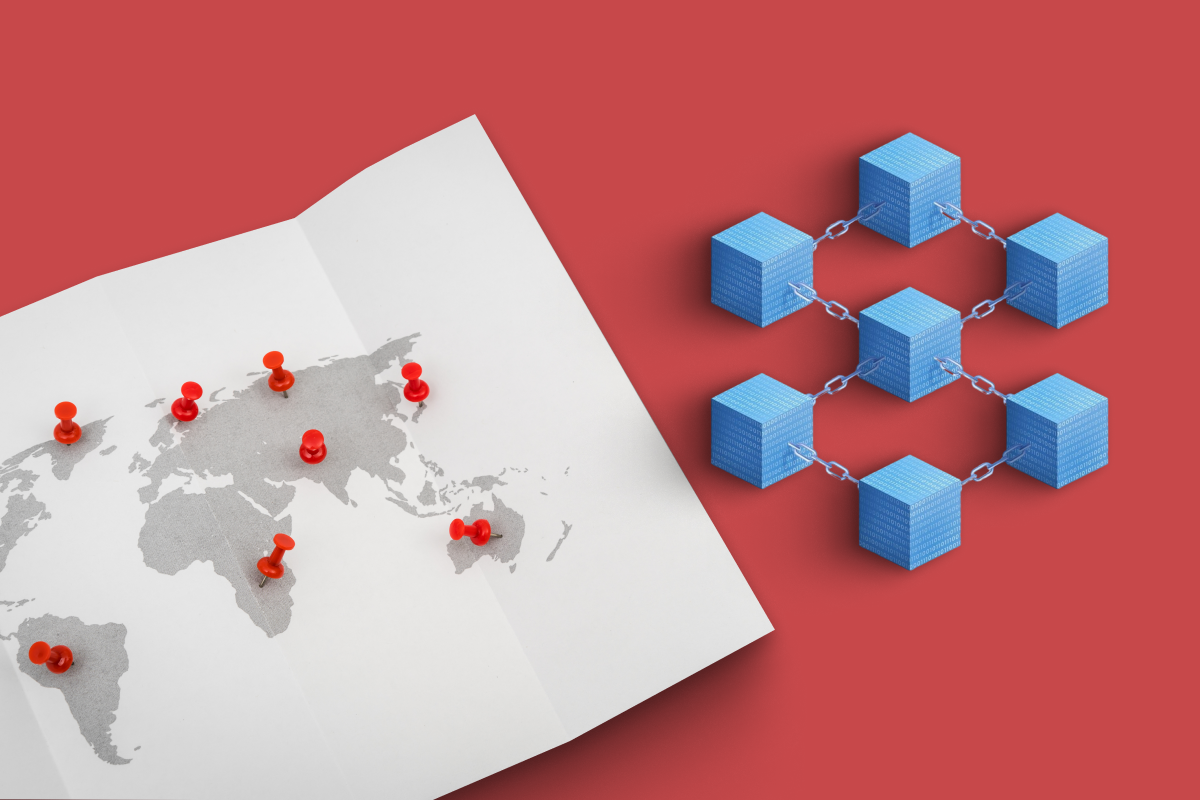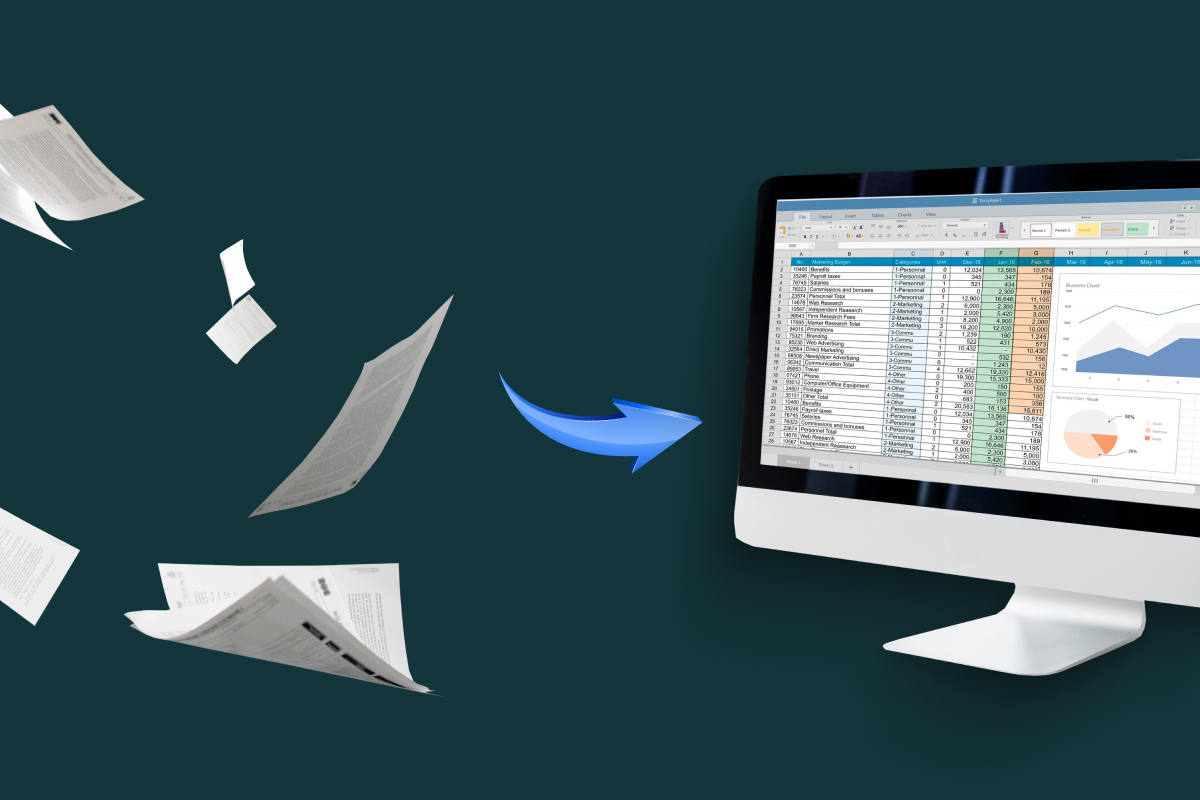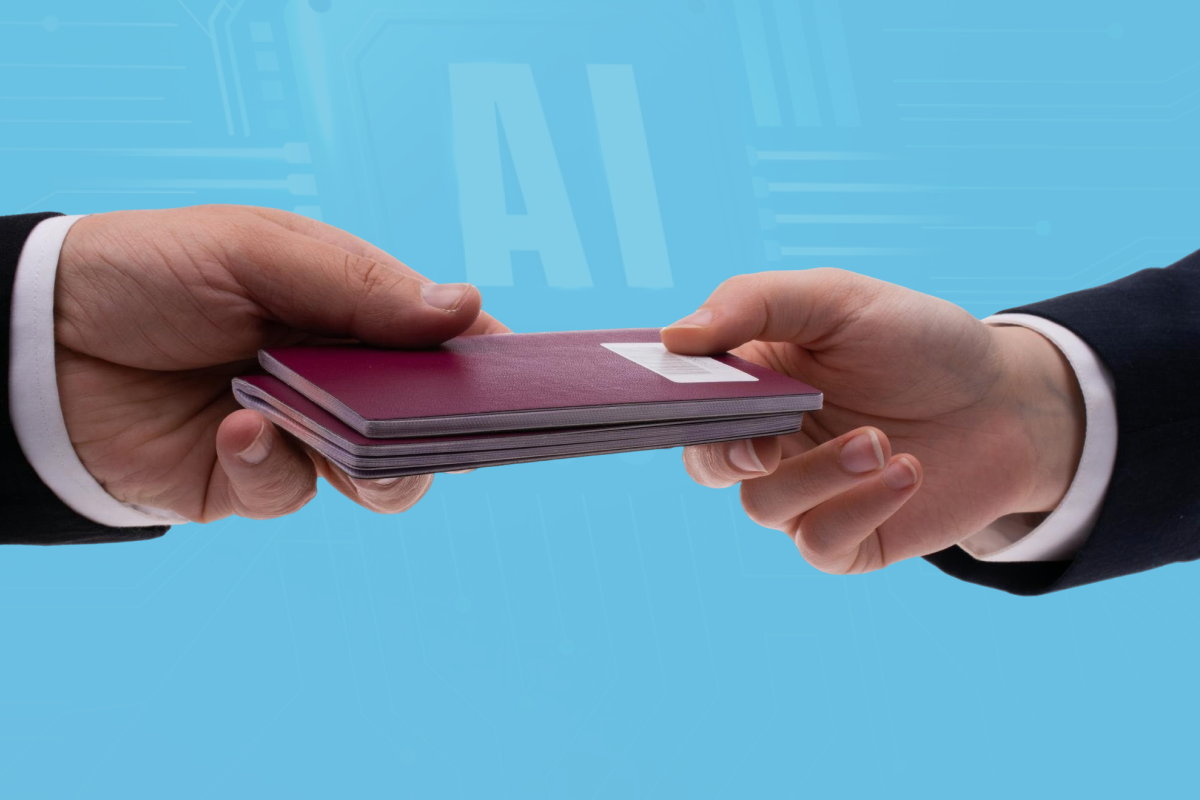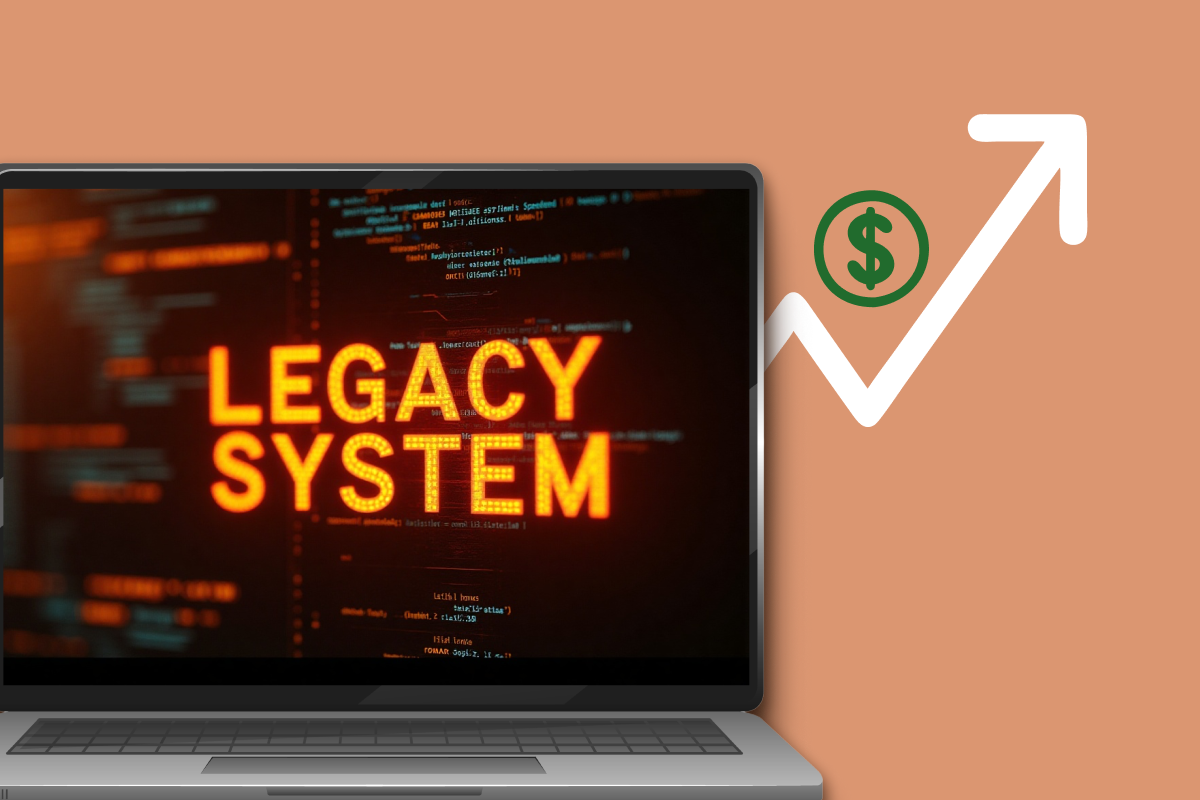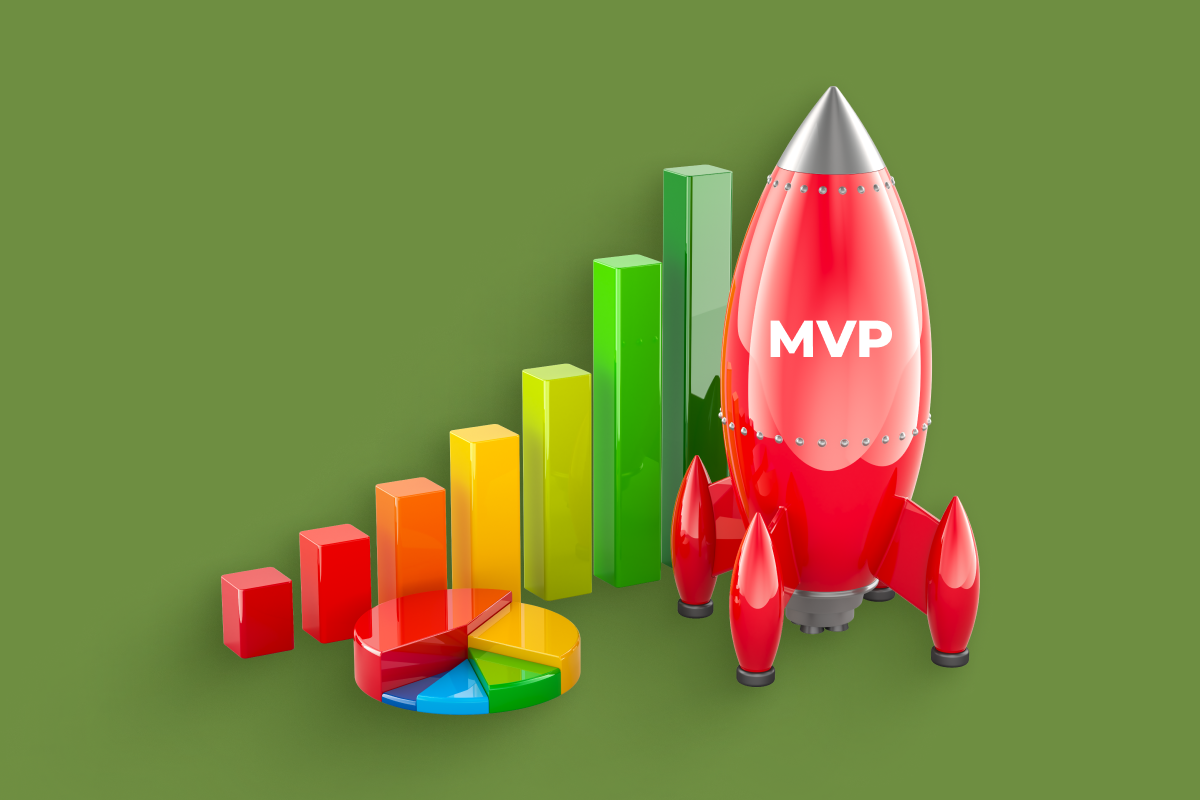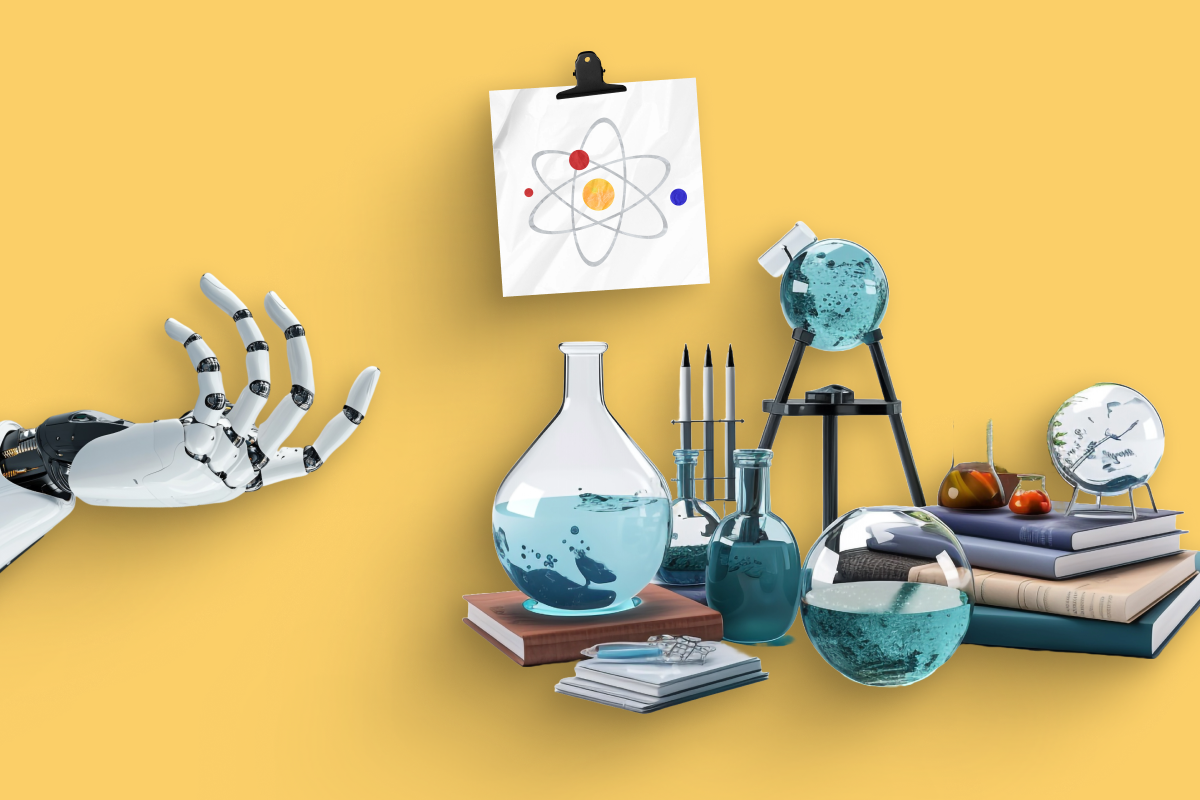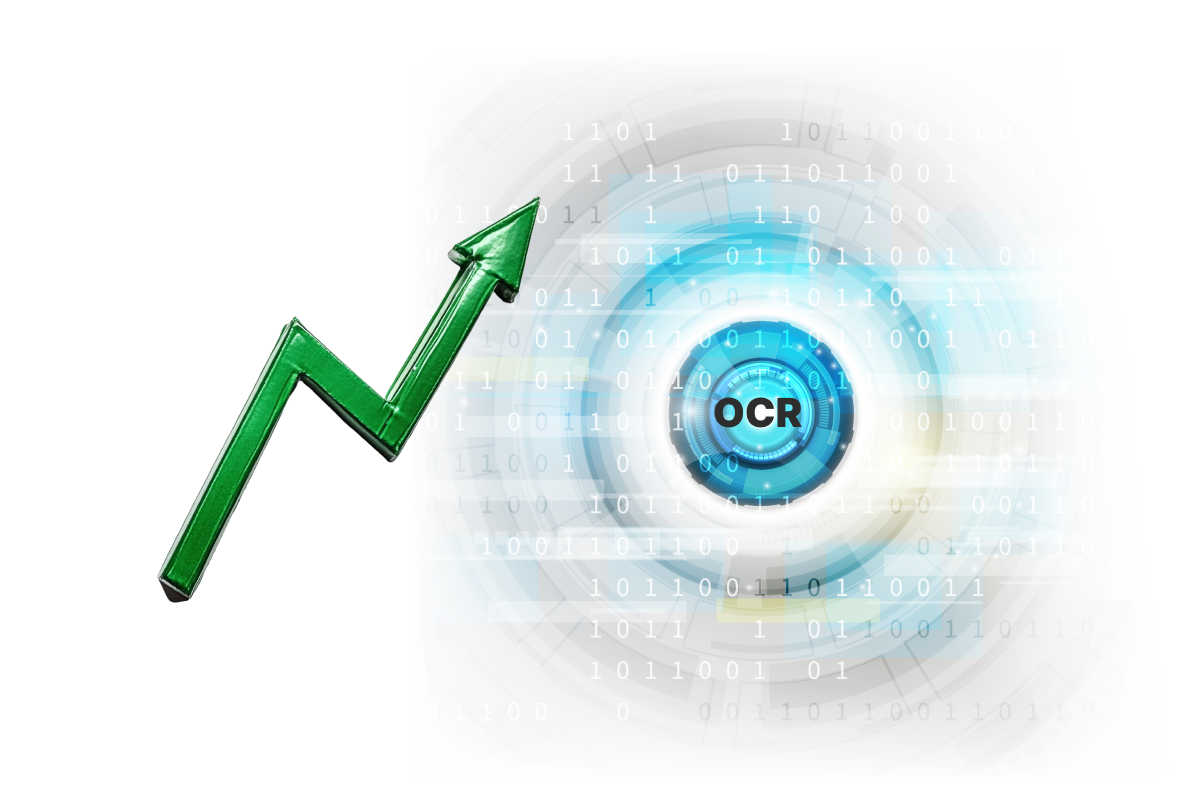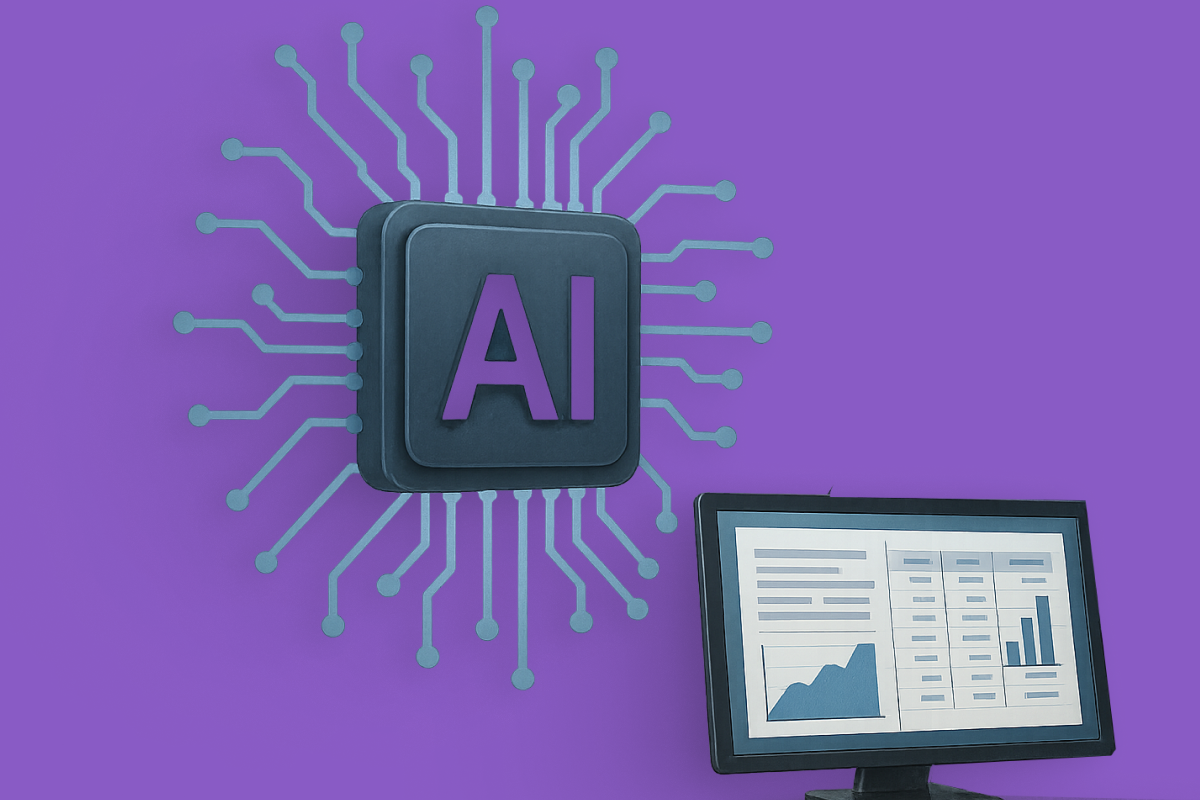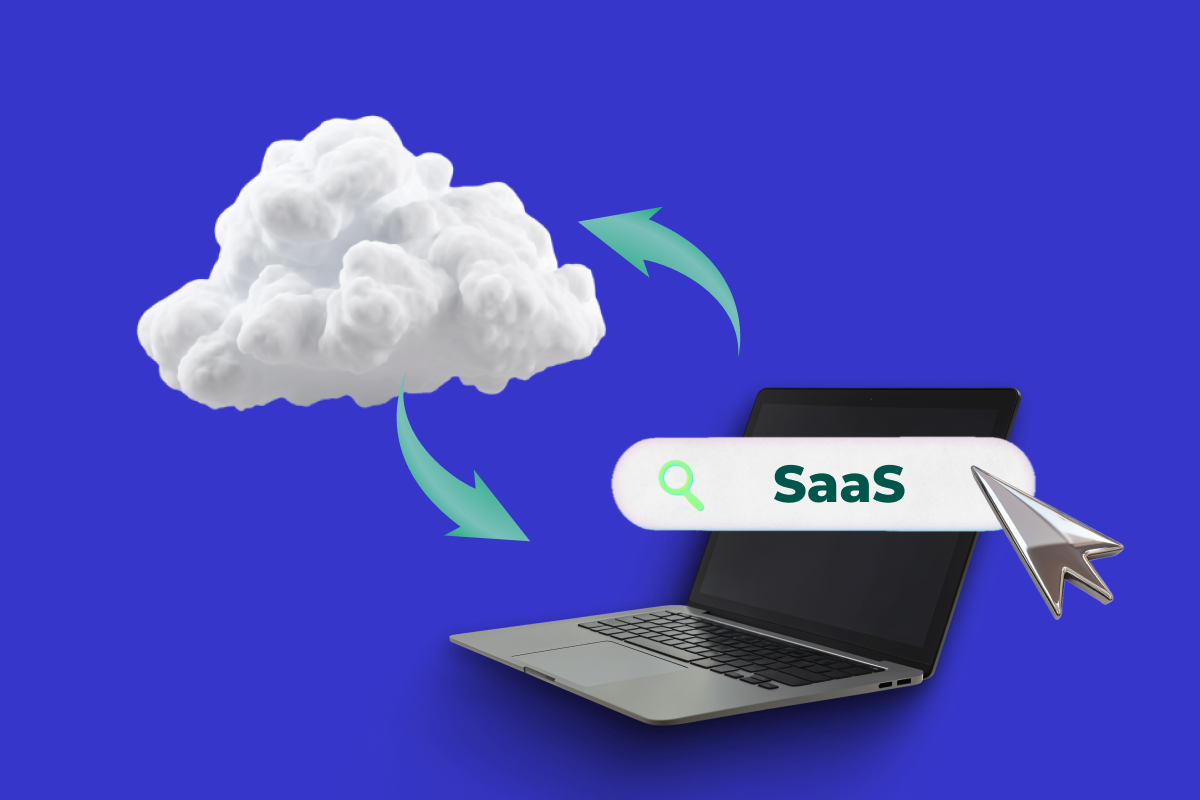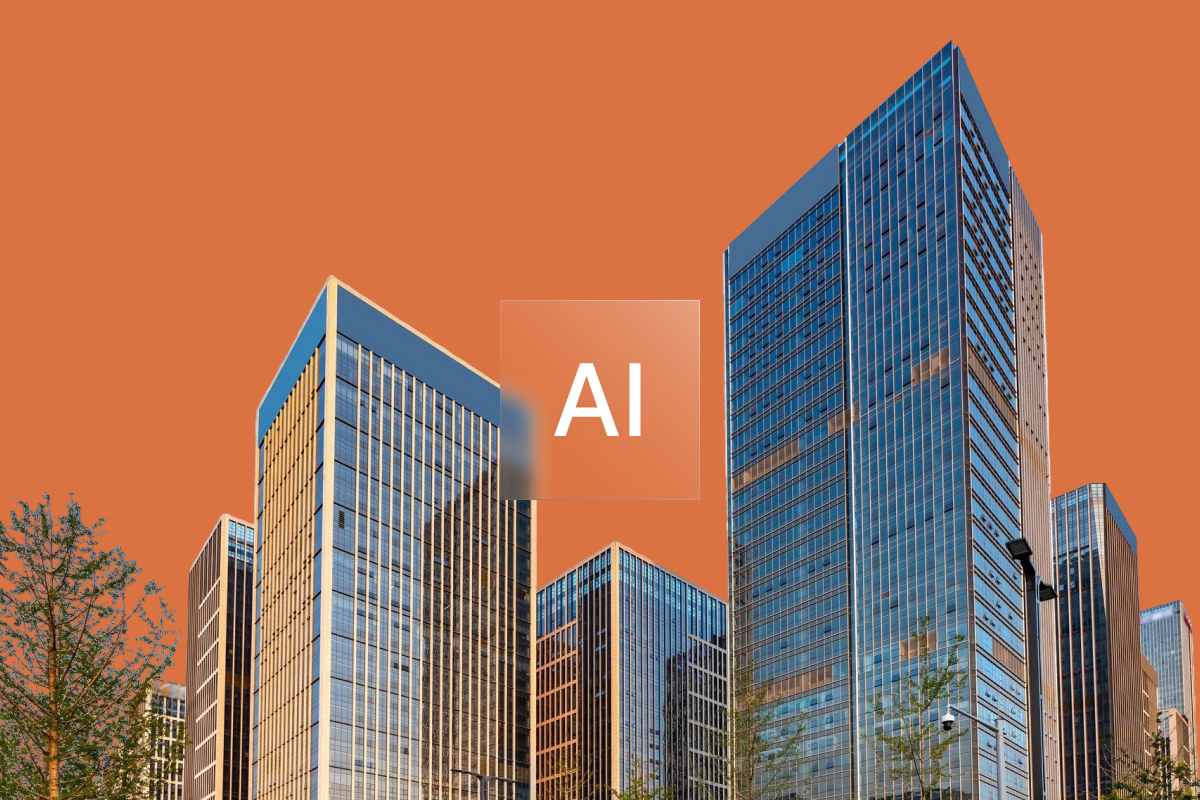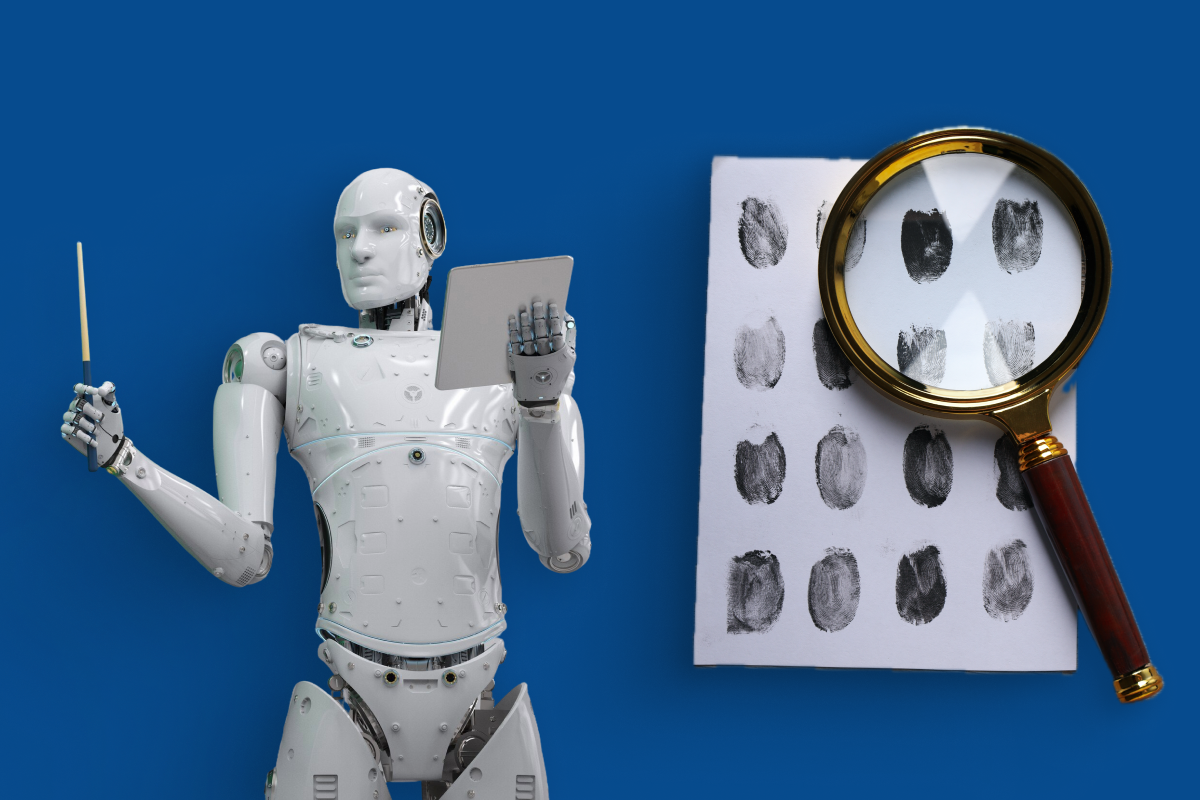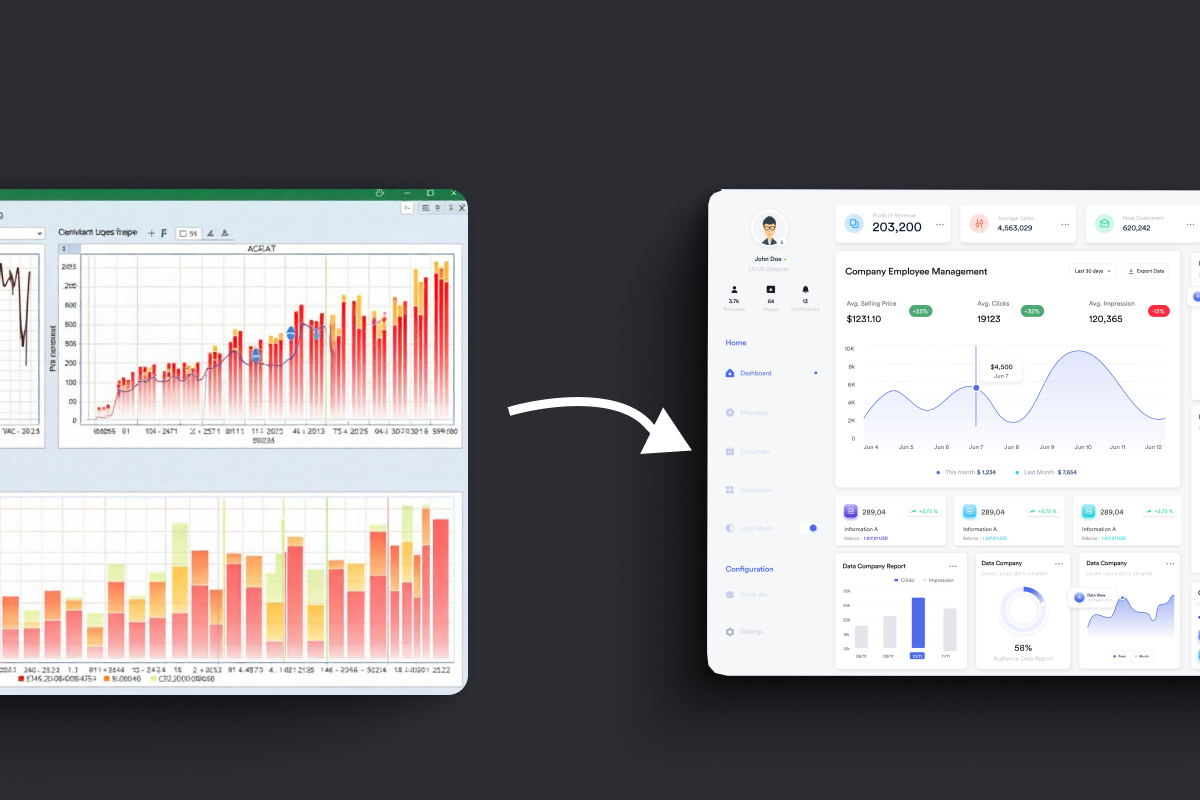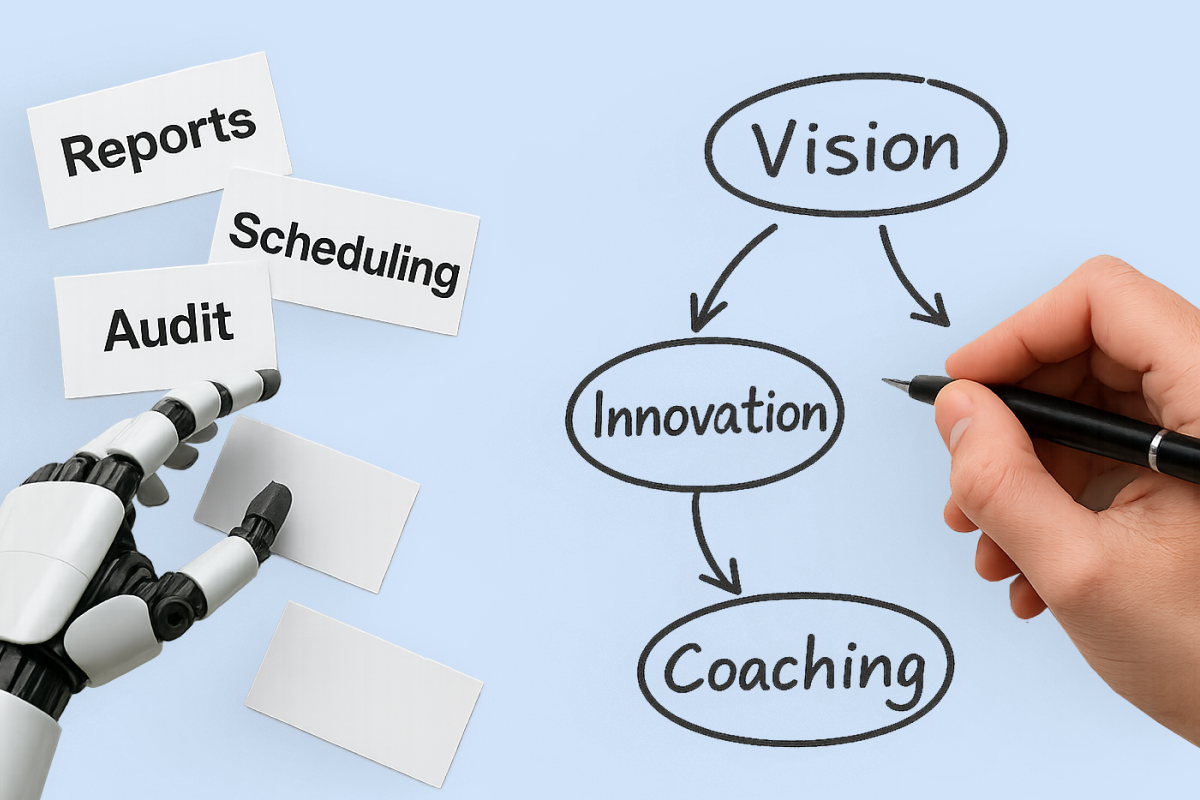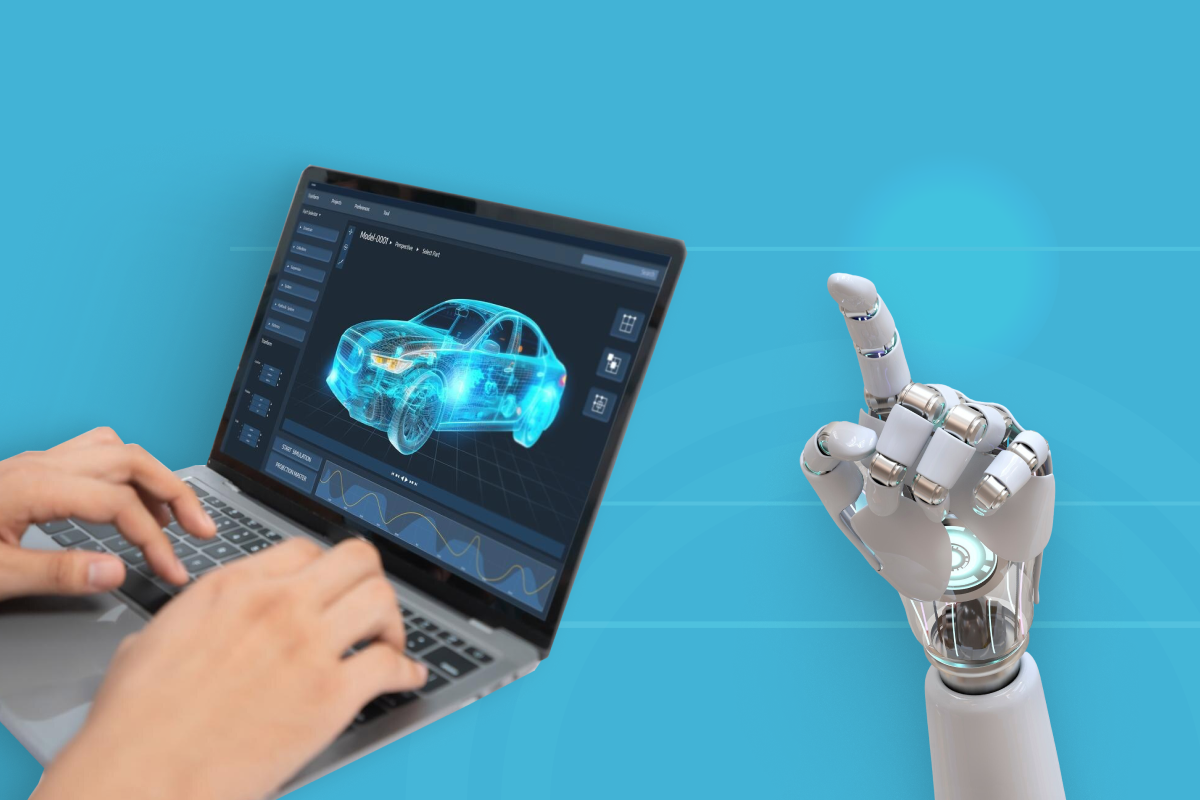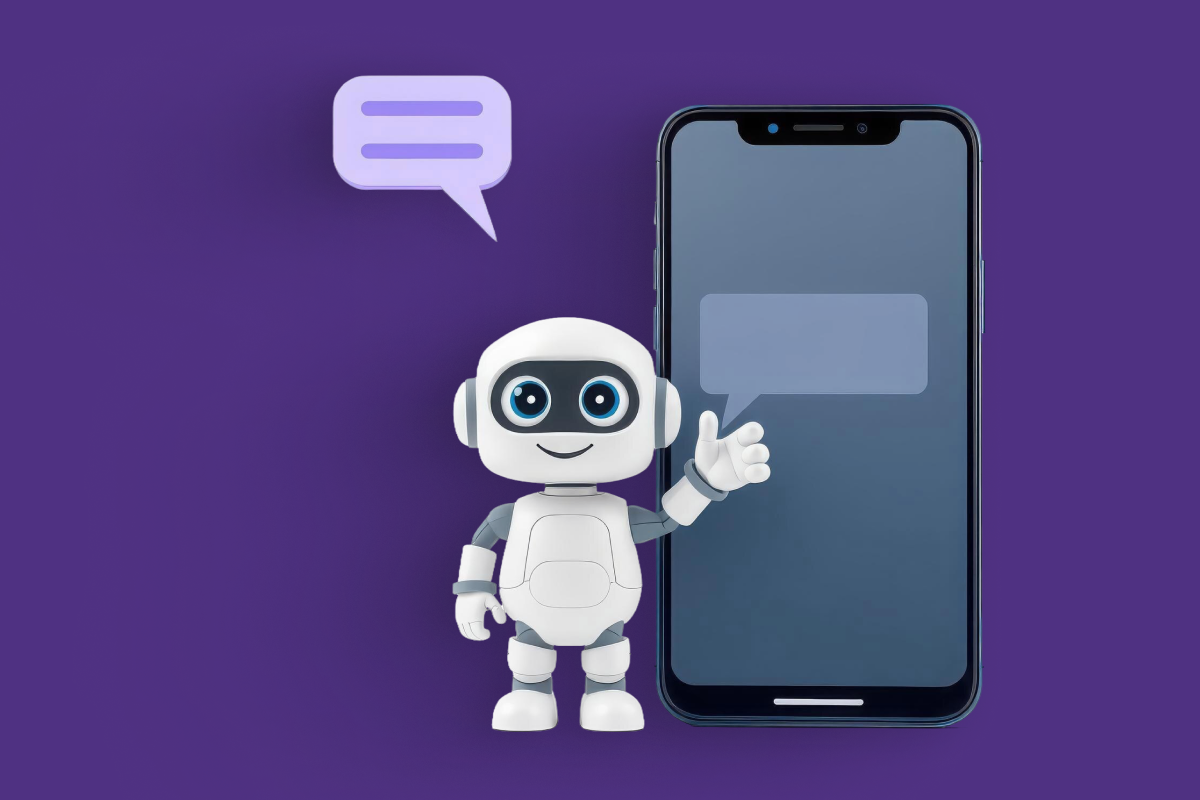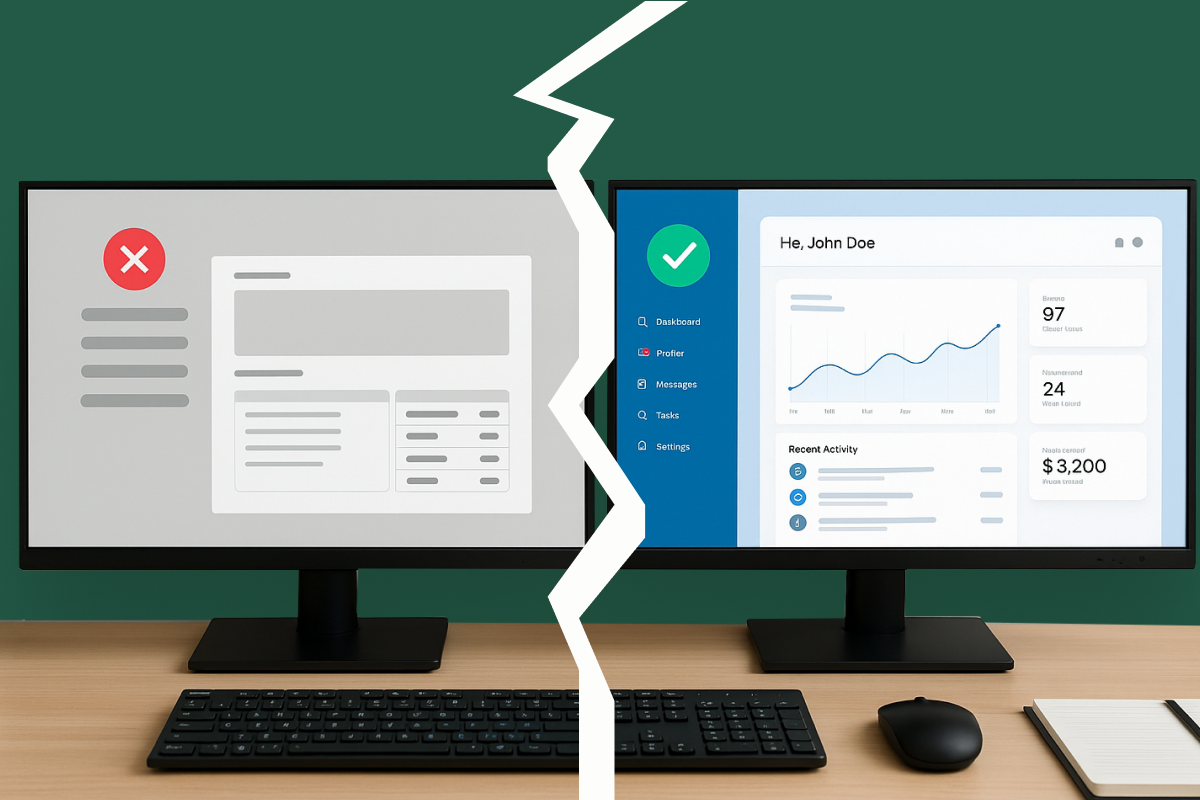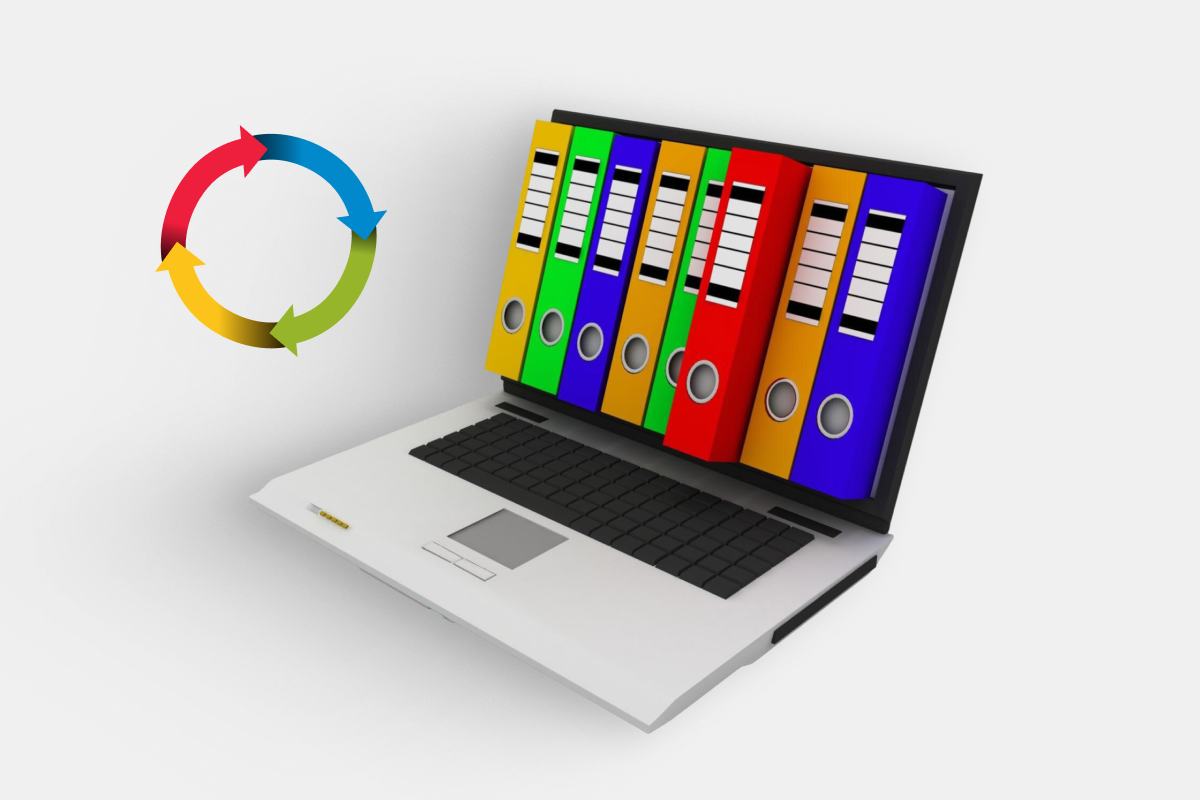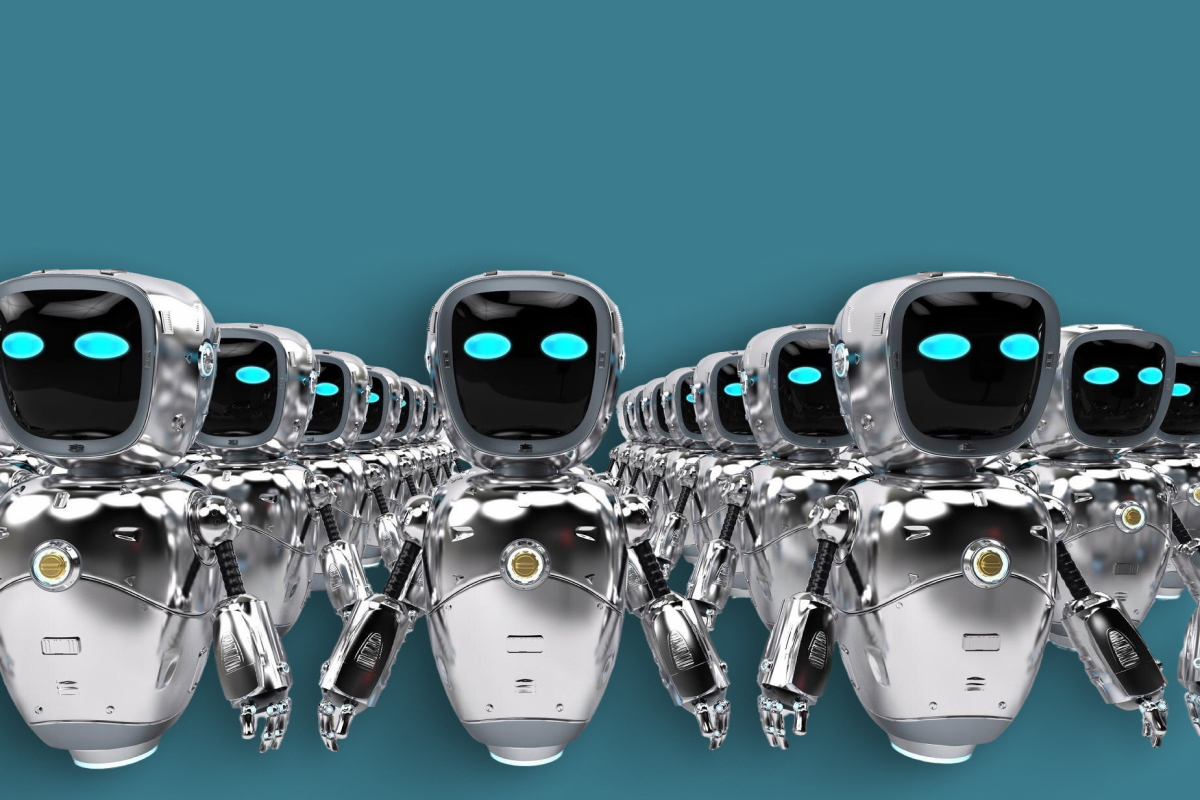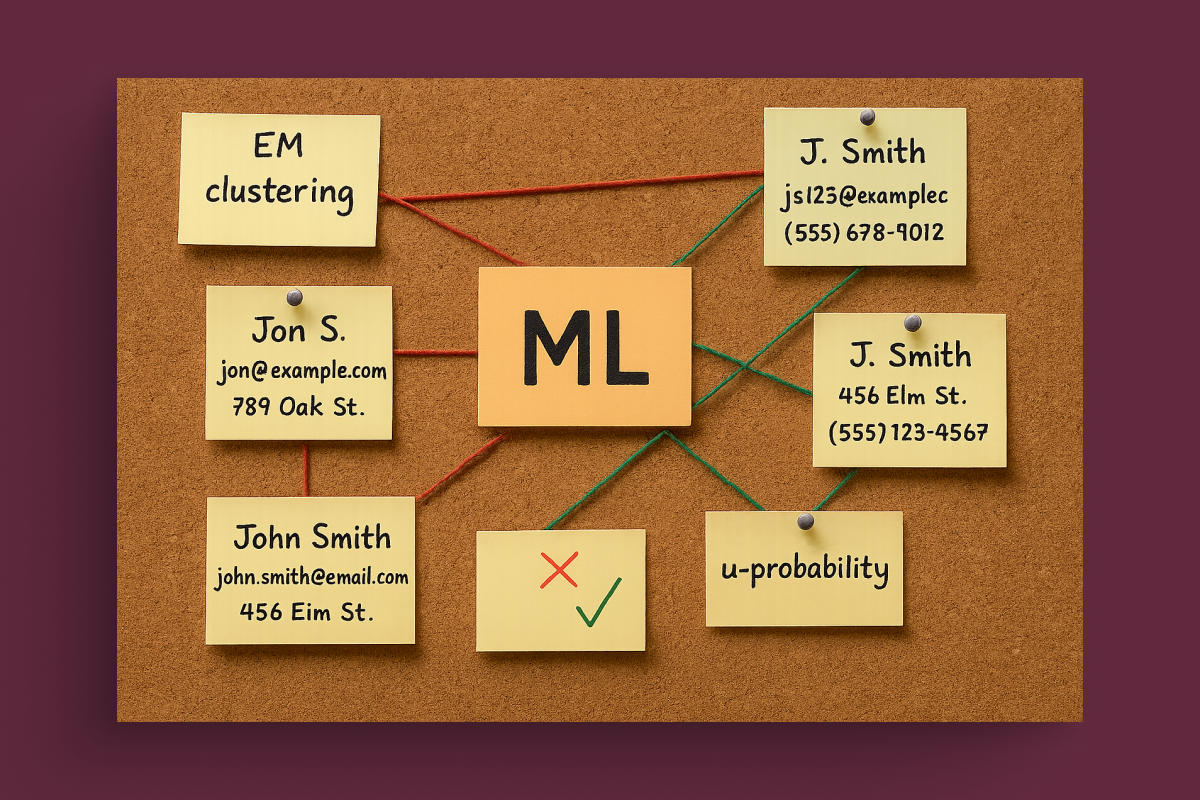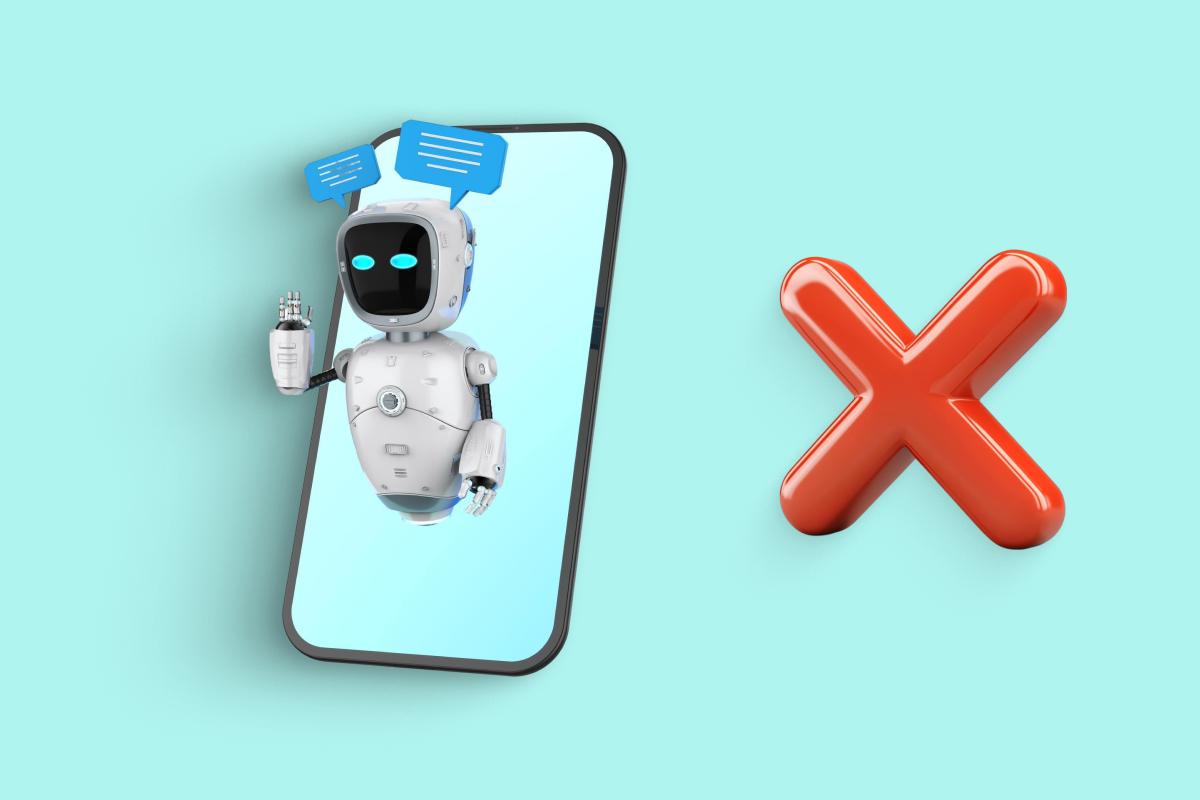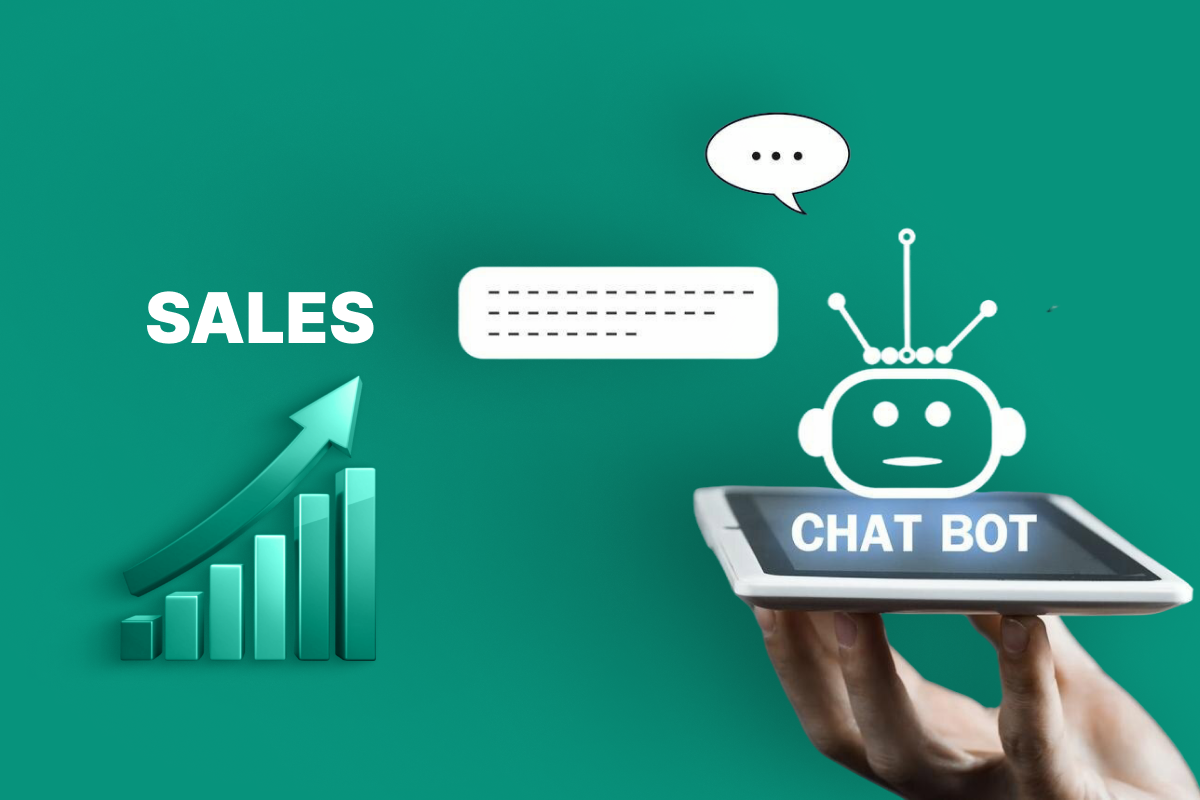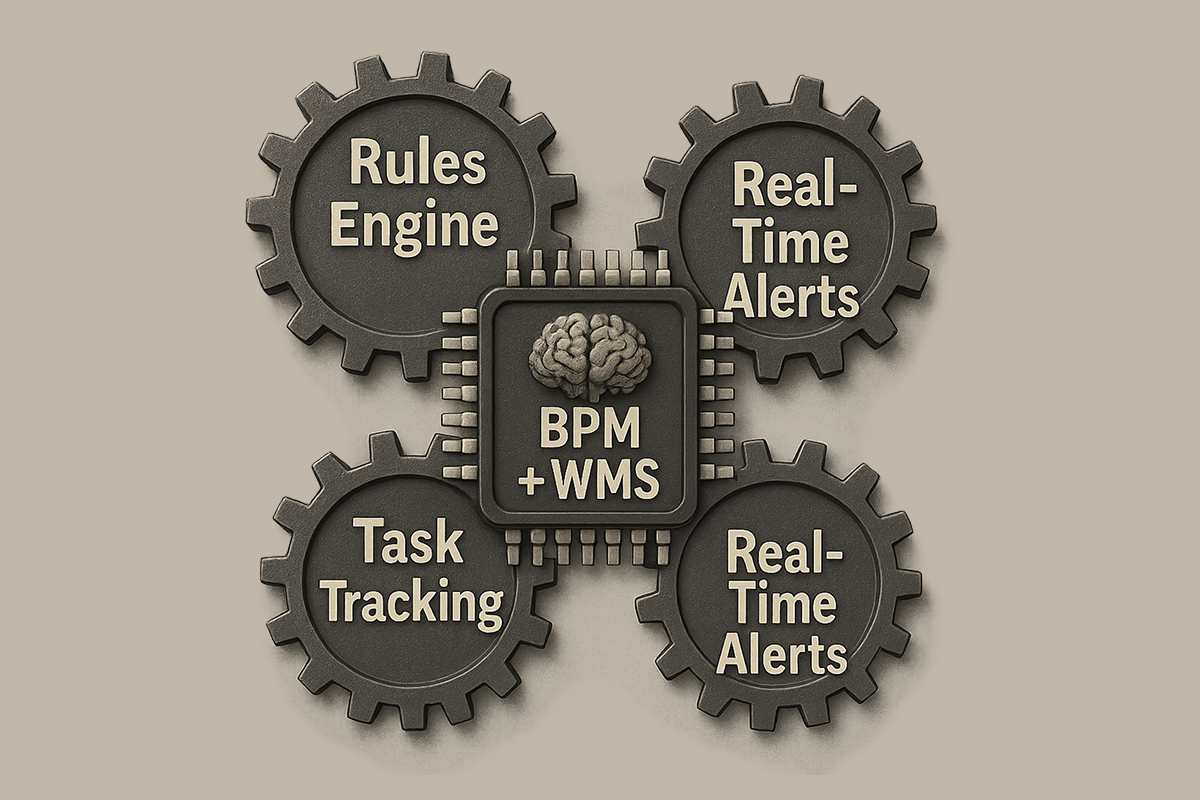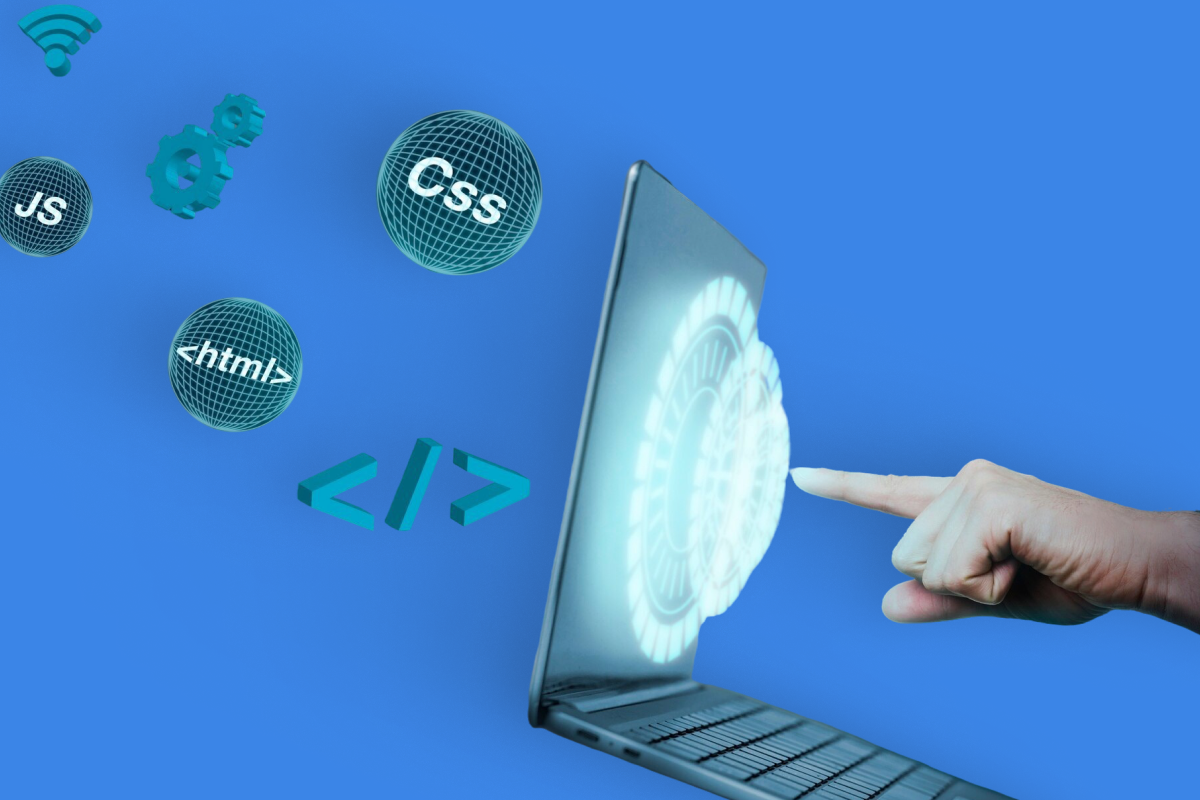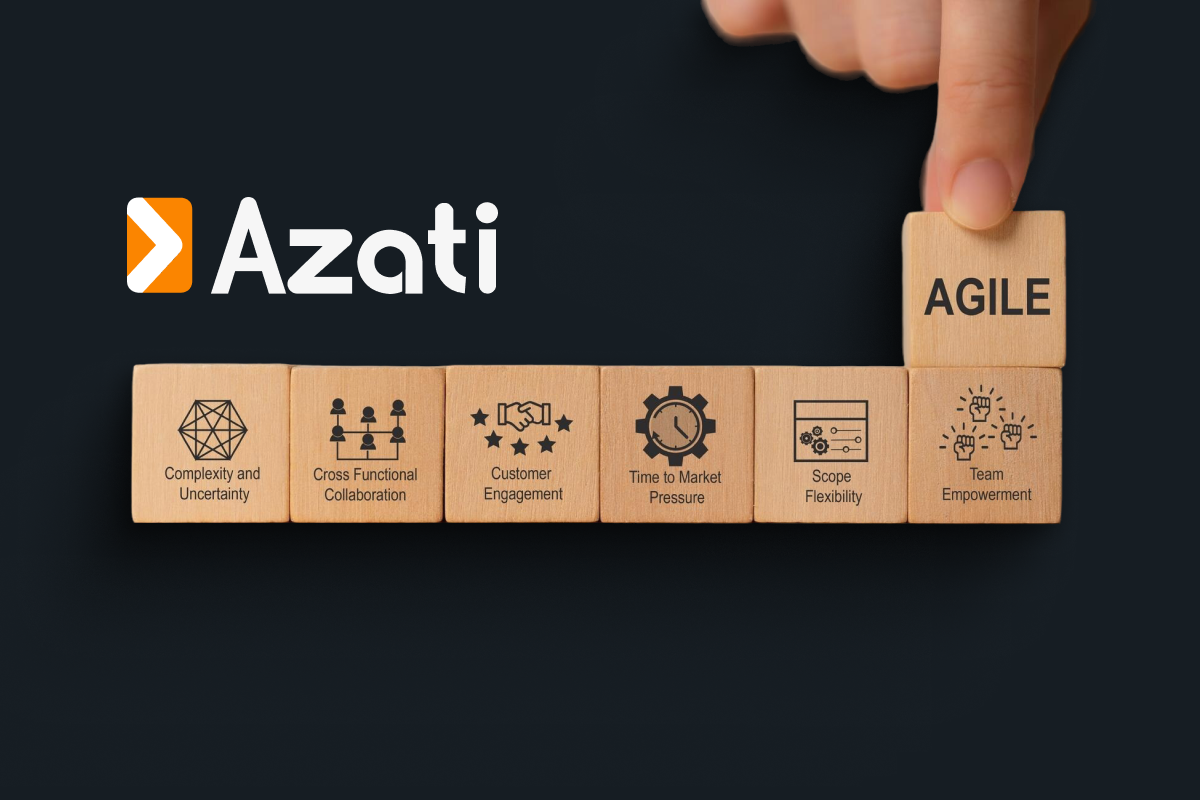Introduction
In the modern recruitment landscape, companies are constantly seeking ways to optimize their hiring processes. With the advent of Natural Language Processing (NLP) and Artificial Intelligence (AI), the potential to streamline recruitment procedures and enhance the accuracy of candidate selection has grown exponentially. In this article, we will discuss how NLP & AI can change the game of recruitment.
NLP and AI can revolutionize many areas of recruitment, from sourcing and sorting candidates. They also enhance interviewing prospective employees and onboarding new team members. It helps recruiters by automating tedious tasks and analyzing big data so that they can devote more time to essential strategic decision-making or candidate interaction.
Key Benefits of NLP and AI in Recruitment
Efficiency and speed: Automating the resume screening and candidate matching process drastically reduces the time it takes to find appropriate candidates.
Efficiency and speed: Automating the resume screening and candidate matching process drastically reduces the time it takes to find appropriate candidates.
Accuracy and consistency: NLP and AI provide consistent evaluation criteria, minimizing human biases and errors
Ameliorated Candidate Experience: This will help shorten the time taken to respond; hence, candidates can know their journey results in the shortest period.
Data-driven insights: AI analytics provide deep insights into candidate behavior and preferences, helping make accurate decisions.
Leveraging NLP to Elevate Candidate Selection in Recruitment
Azati has recently showcased its capability to transform personnel management by unveiling an innovative project aimed at automating candidate selection. This project, designed to create a system capable of efficiently filtering and analyzing feedback, stood out in various aspects.
Among the most important challenges that the assigned project has managed to address, one should mention the following:
- Volume of Data: Effective processing of large amounts of unstructured data provided in the resumes and other documents provided by candidates.
- Quality and Relevance: Filtering and scanning data with a focus on making the outcomes of the process relevant and useful for recruiting staff.
- Integration: Creating a mechanism that can be integrated into the existing system and used within the framework that is specified by HR professionals.
- The project has improved the approach to analyzing information about job candidates. As a result, it introduced considerable improvements to the system used for evaluating job applicants.
Solution and Implementation
To create the comprehensive candidate selection system, the Azati team used NLP and AI algorithms. Below is the explanation of what raised the final effect:
Data Extraction and Processing:
- NLP algorithms: the solution was based on parsing resumes. Different techniques were used to extract the most important pieces of information, such as skills, experience, and qualifications.
- Text Mining: during the processing of each resume, the system searched for patterns, and keywords which could be related to the vacancy.
- Entity Recognition: NLP techniques also allow to identify and categorize each entity, such as names, dates, or companies so that no vital information is missed.
Candidate Ranking:
- AI Scoring Models: the most workload-consuming piece of the application was done by algorithms, as these were used to measure each candidate in terms of compatibility with the job profile. Each piece of the resume was processed to determine the explicit qualifications. Additionally, implicit qualifications were also identified.
- Machine Learning: existing data were used for constant machine learning which allowed to improve the responsiveness and accuracy of the system.
- Customizable Criteria: each recruiter could easily set its own criteria weighting factors into the algorithm.
Results and Impact
The implementation of Azati’s NLP and AI-powered system yielded remarkable results:
- Reduced Screening Time: The automated system reduced the initial screening time by 70%, allowing recruiters to focus on engaging with top candidates.
- Improved Accuracy: The AI-driven approach increased the accuracy of candidate selection, leading to a higher rate of successful hires.
- Enhanced Insights: The ability to analyze reviews and feedback provided recruiters with deeper insights into candidates, beyond what traditional resumes could offer.
- Scalability: The system’s ability to handle increasing volumes of data made it scalable for large organizations with high recruitment demands.
- Cost Efficiency: By reducing the time and resources spent on manual screening processes, the system helped in cutting down recruitment costs.
Best Practices for Implementing NLP and AI in Recruitment
- Define clear objectives – define what you want to achieve with AI and NLP. Whether you want to reduce the time spent screening candidates or improve the quality of the candidates. You may also aim to enhance the candidate’s experience.
- Data quality – make sure that the data that goes into the system is rich, clean and relevant. If you feed poor-quality data, then the output results will be prone to errors.
- Continues learning – AI is like a human brain. The more it trains the more it learns. Your AI system should be continuously updated and trained with new data to ensure that the data is current.
- Human overview – although AI seeks to automate most of the processes, human oversight is required. This is to ensure that the final hiring decision goes hand in hand with the organizational values and culture.
- Integration – AI will be of benefit if you can easily integrate it with your HR tools and the system. Therefore you should expect smooth integration with your existing systems.
- Ethics consideration – you must address issues such as concerns that the use of AI violates the right of the third party which calls for concerns to do with data privacy. You must also consider that AI lacks the ability to empathize. This limitation may lead to poor handling of candidates and a lack of transparency.
However, all these ethical issues can be avoided by ensuring the data remains relevant and is current and clean.
Future Trends in AI and NLP for Recruitment
The future of AI and NLP in recruitment holds promising advancements:
- Enhanced Personalization: AI will enable more personalized candidate experiences, tailoring communication and engagement strategies to individual preferences.
- Predictive Analytics: Predictive models will become more sophisticated, providing deeper insights into candidate potential and future performance.
- Voice and Video Analysis: NLP will extend beyond text to analyze voice and video inputs, offering new dimensions in candidate assessment.
- Augmented Decision-Making: AI will increasingly act as an augmentation tool for recruiters, providing real-time recommendations and insights.
- Integration with Social Media: Enhanced integration with social media platforms will allow for a broader and richer data pool for candidate evaluation.
Conclusion
The integration of NLP and AI in the recruitment process is highly successful and innovative. This technology is particularly effective for managing candidate selection and analyzing reviews.
On the one hand, it represents extraordinary support for recruiters, as it automates the vast majority of repetitive activities, thus allowing the employees to focus on issues requiring their direct involvement.
On the other hand, NLP and AI provide users with additional tools and possibilities to better understand the data, make more informed decisions, and, eventually, find and attract candidates who are more likely to be great hires.
In conclusion, it is important to explain that the world of recruitment is changing rapidly. Those who would like to succeed in the competition for the best talents and maintain the proper number of high-quality employees have to adjust their business strategies. Otherwise, they may fall behind and fail.
Thus, it can be concluded that in the future, AI and NLP will represent important and necessary instruments for managing the recruitment process. This will make the industry more exciting, accurate, and less labor-consuming.



















